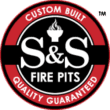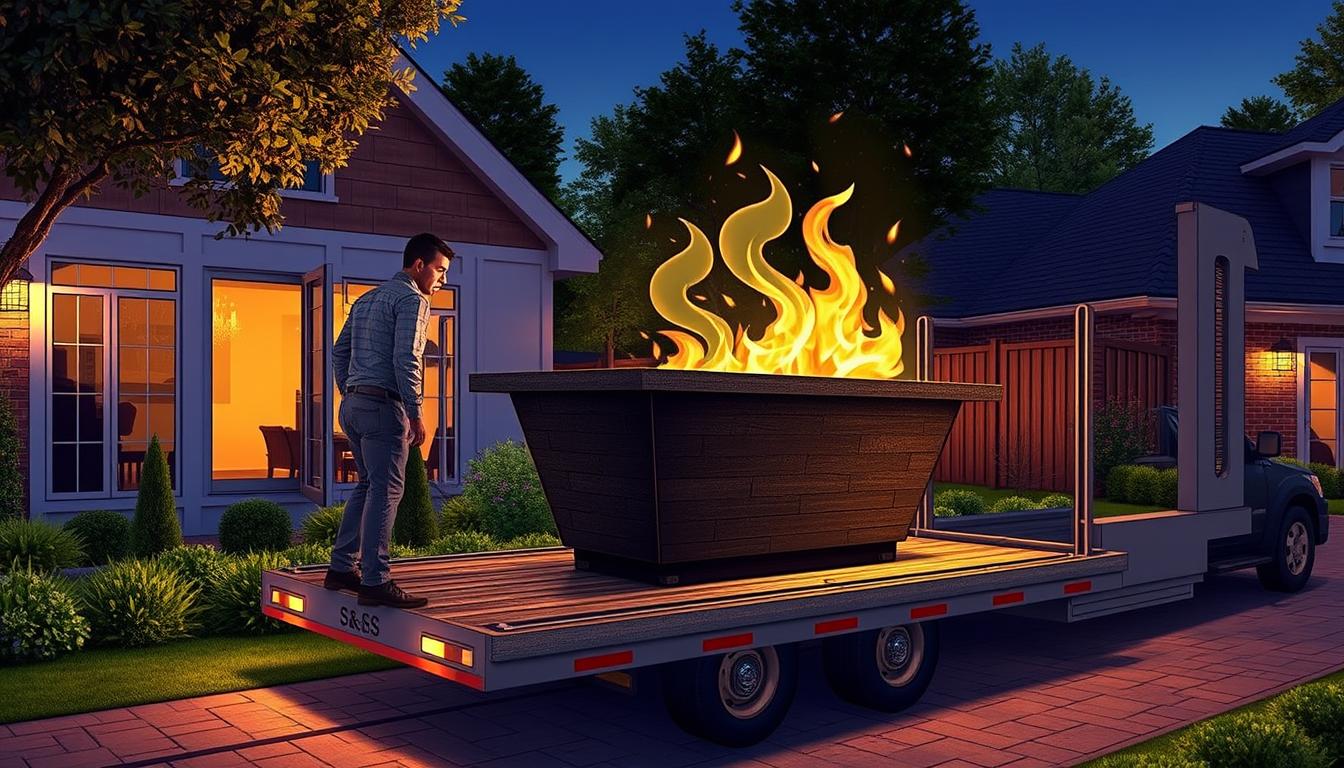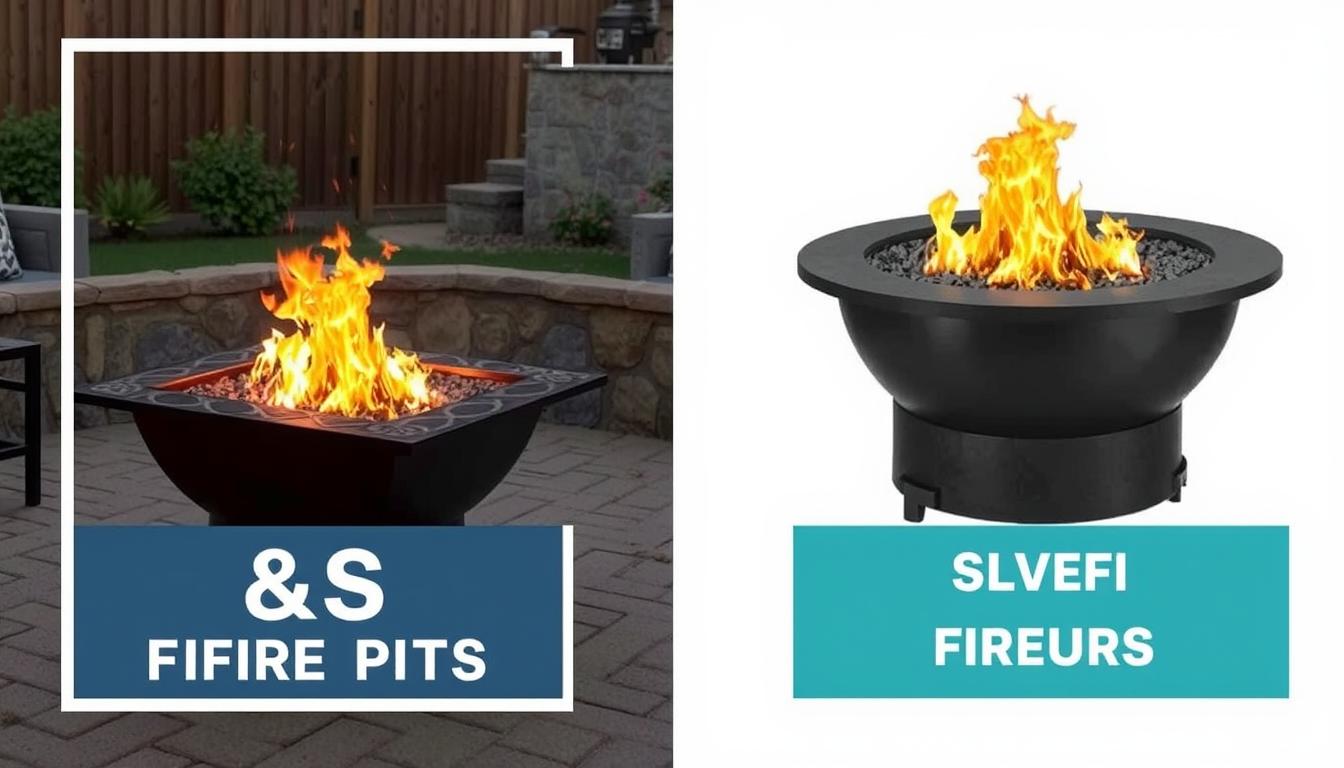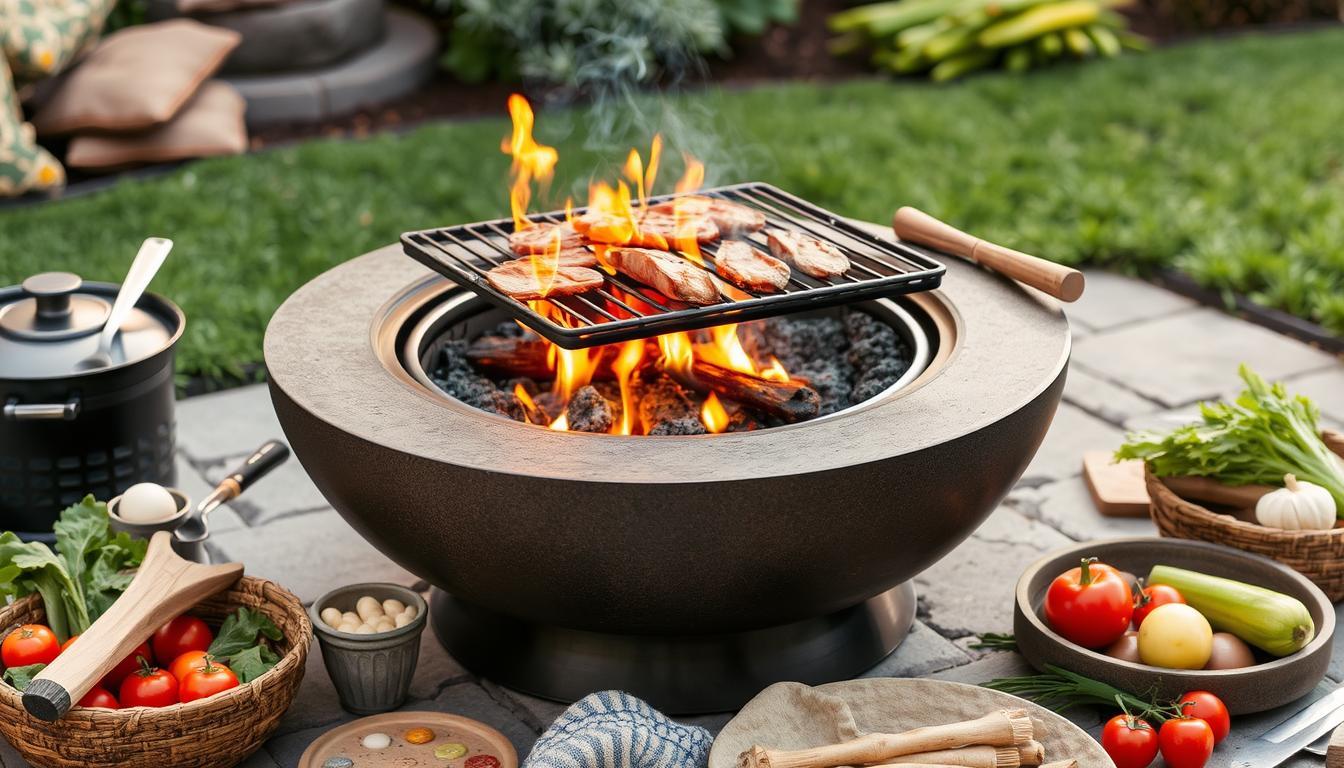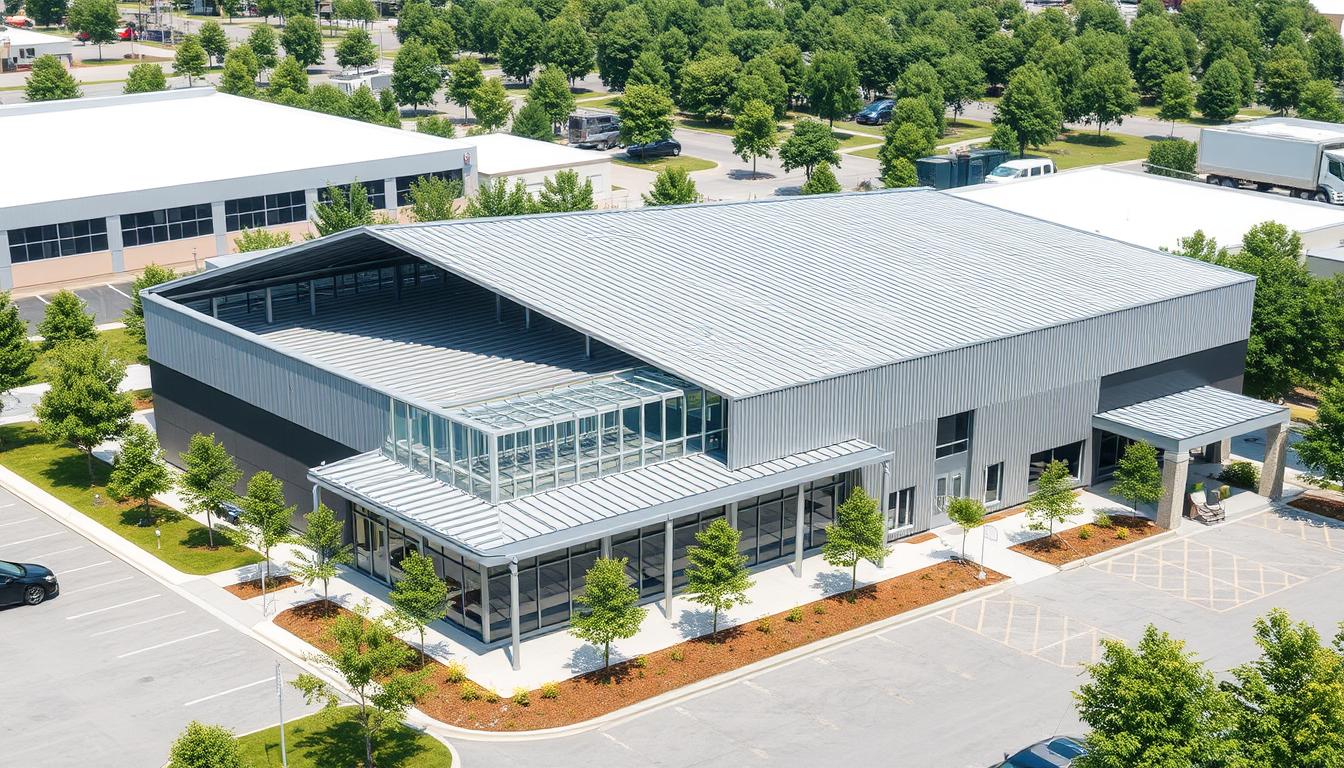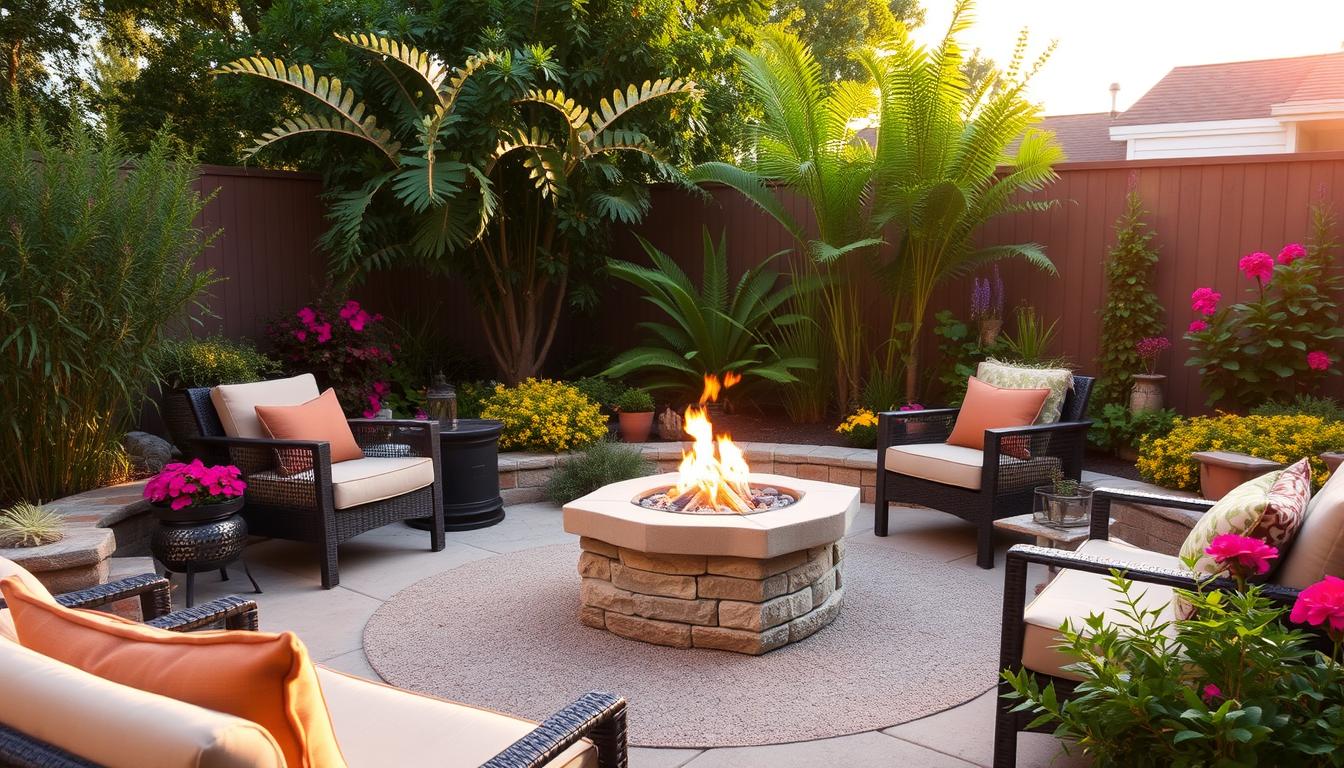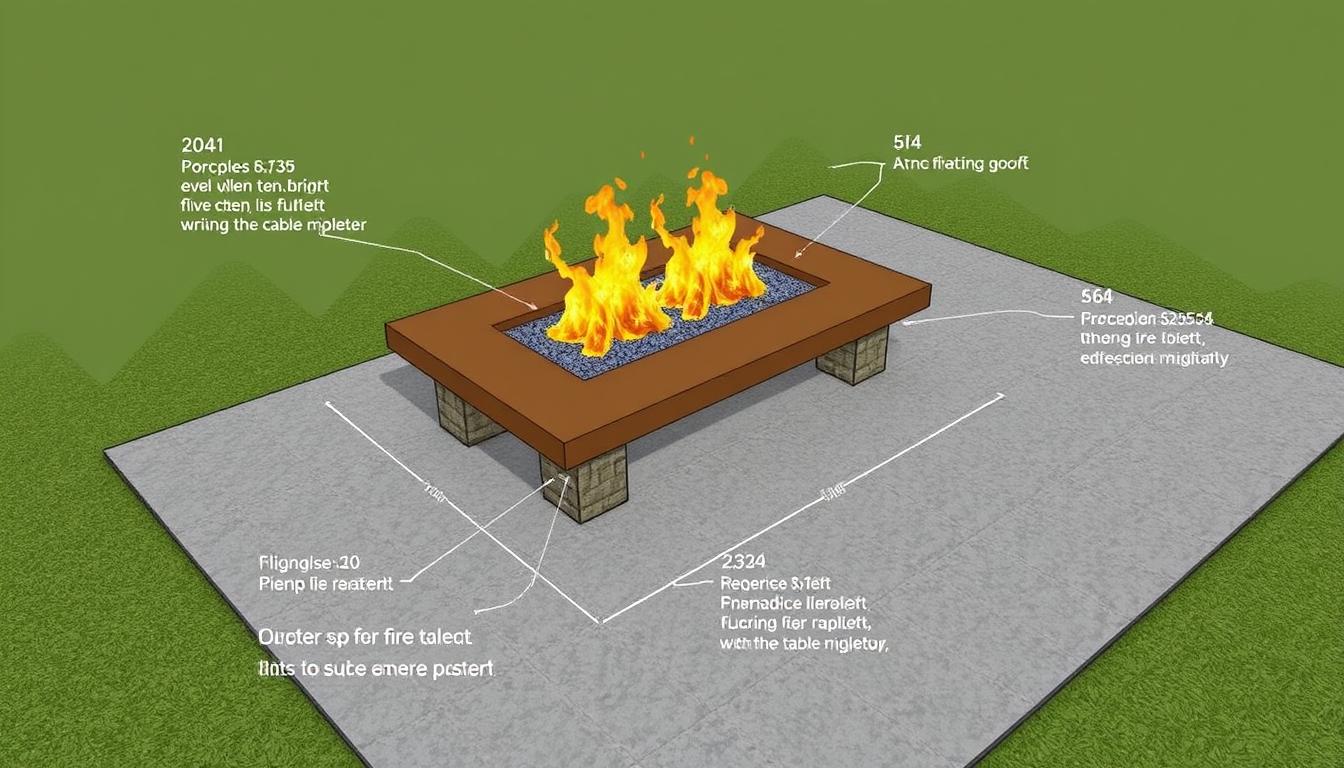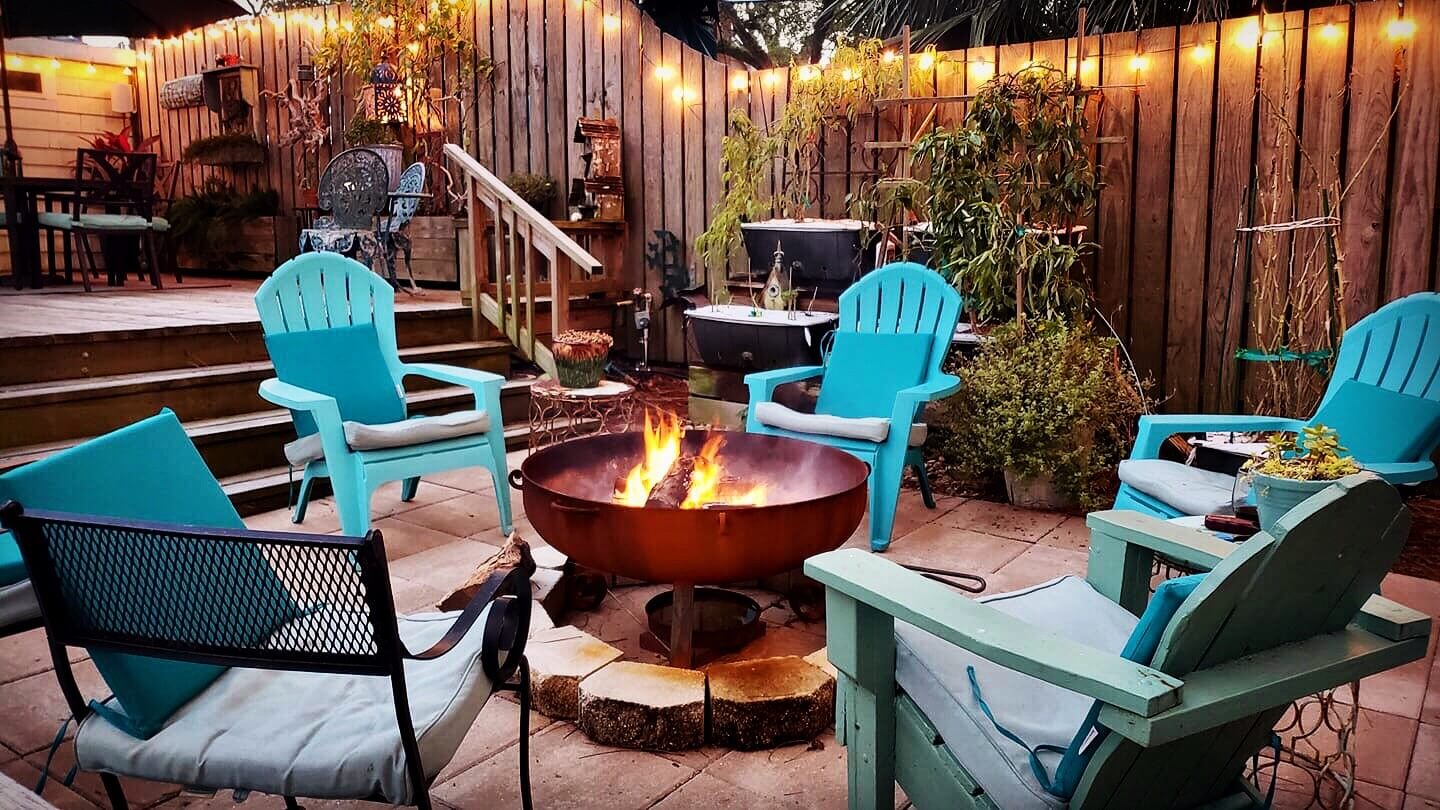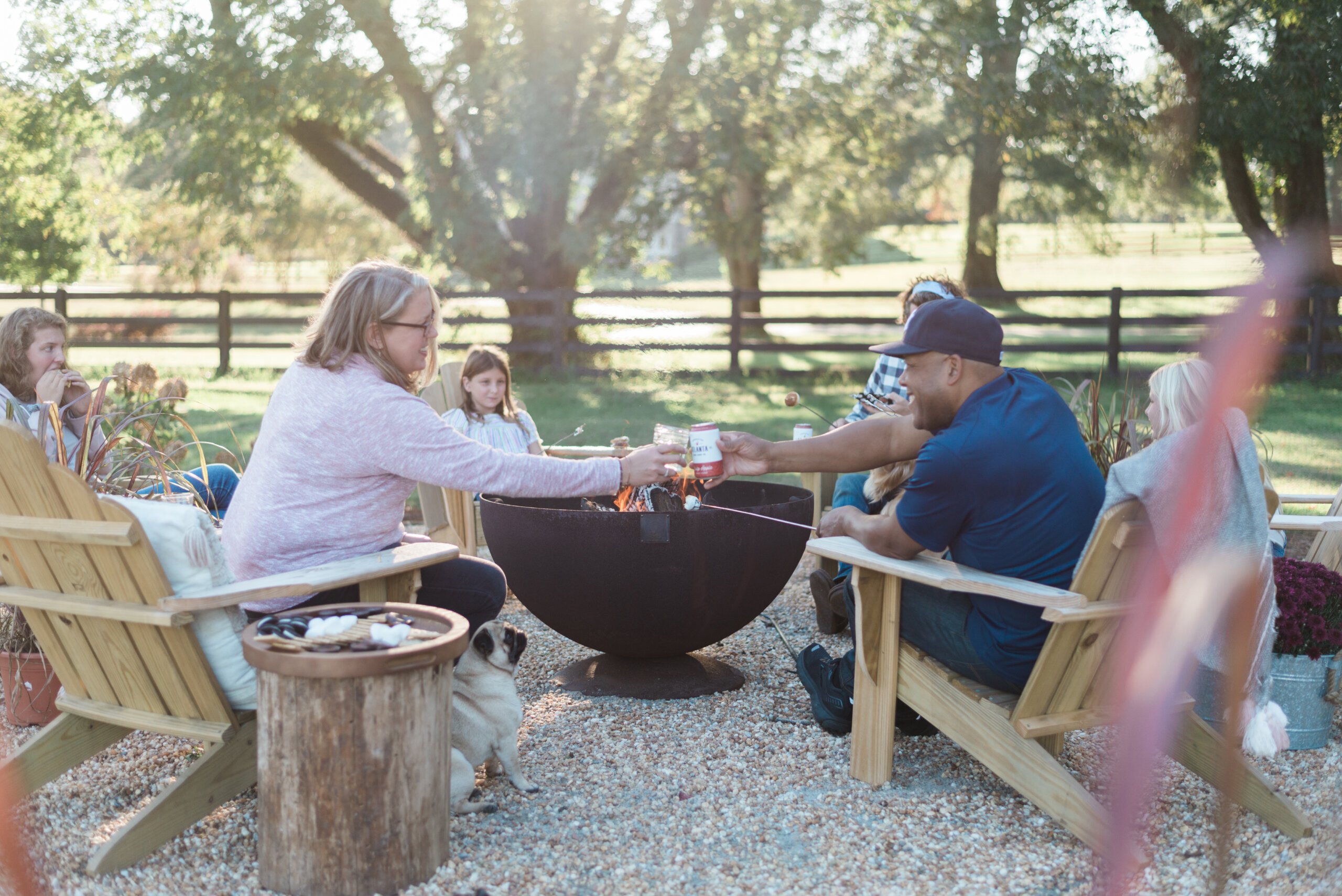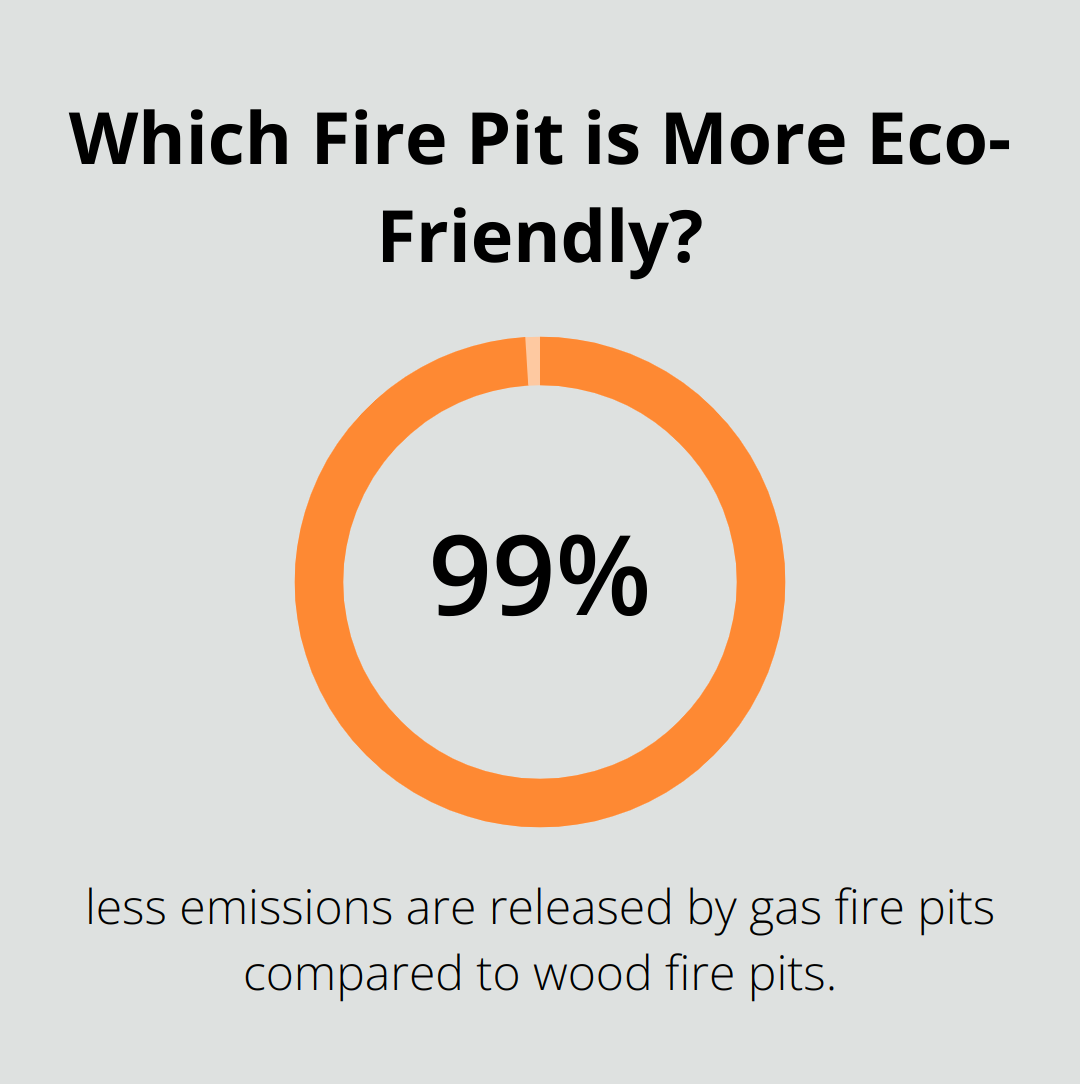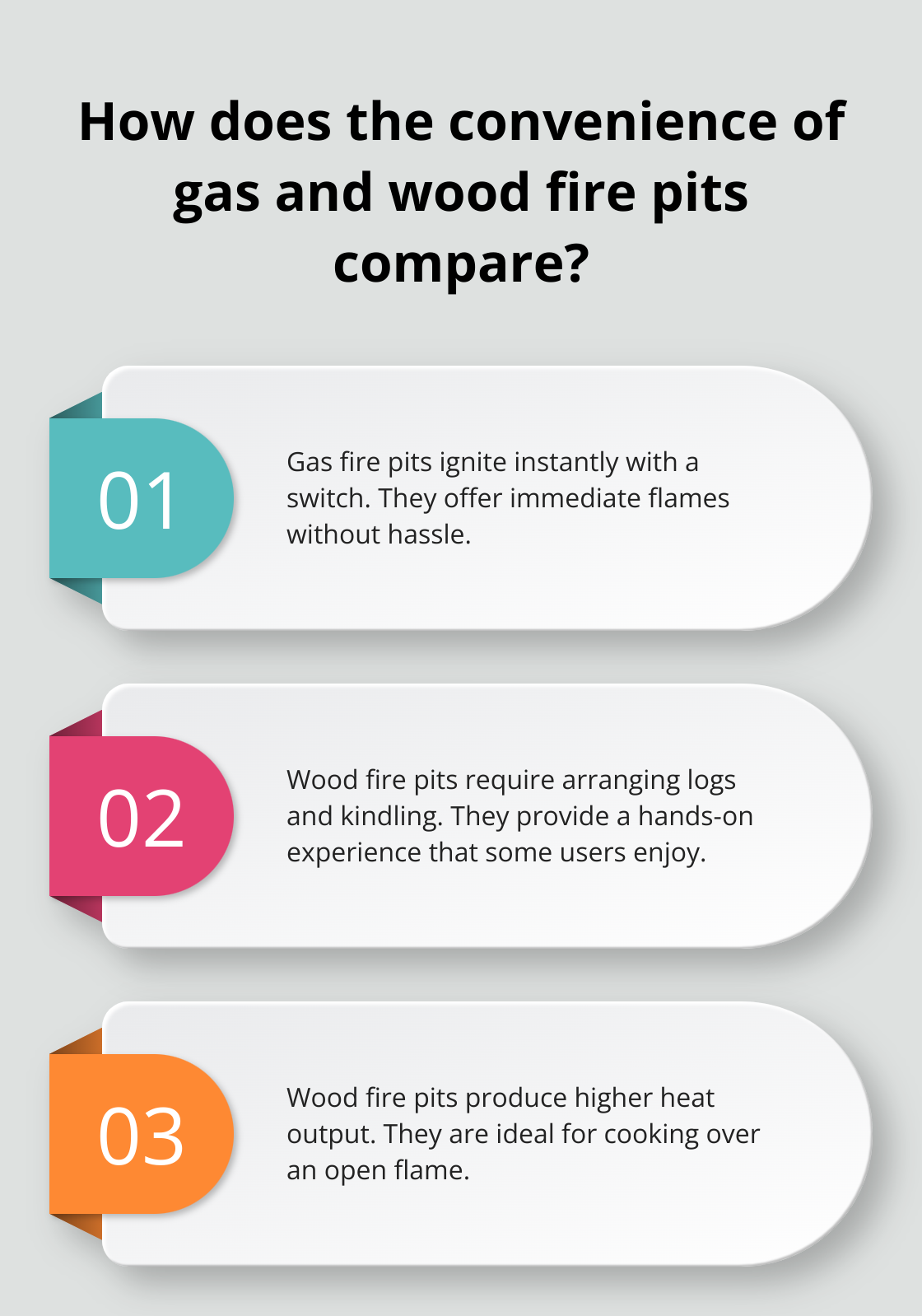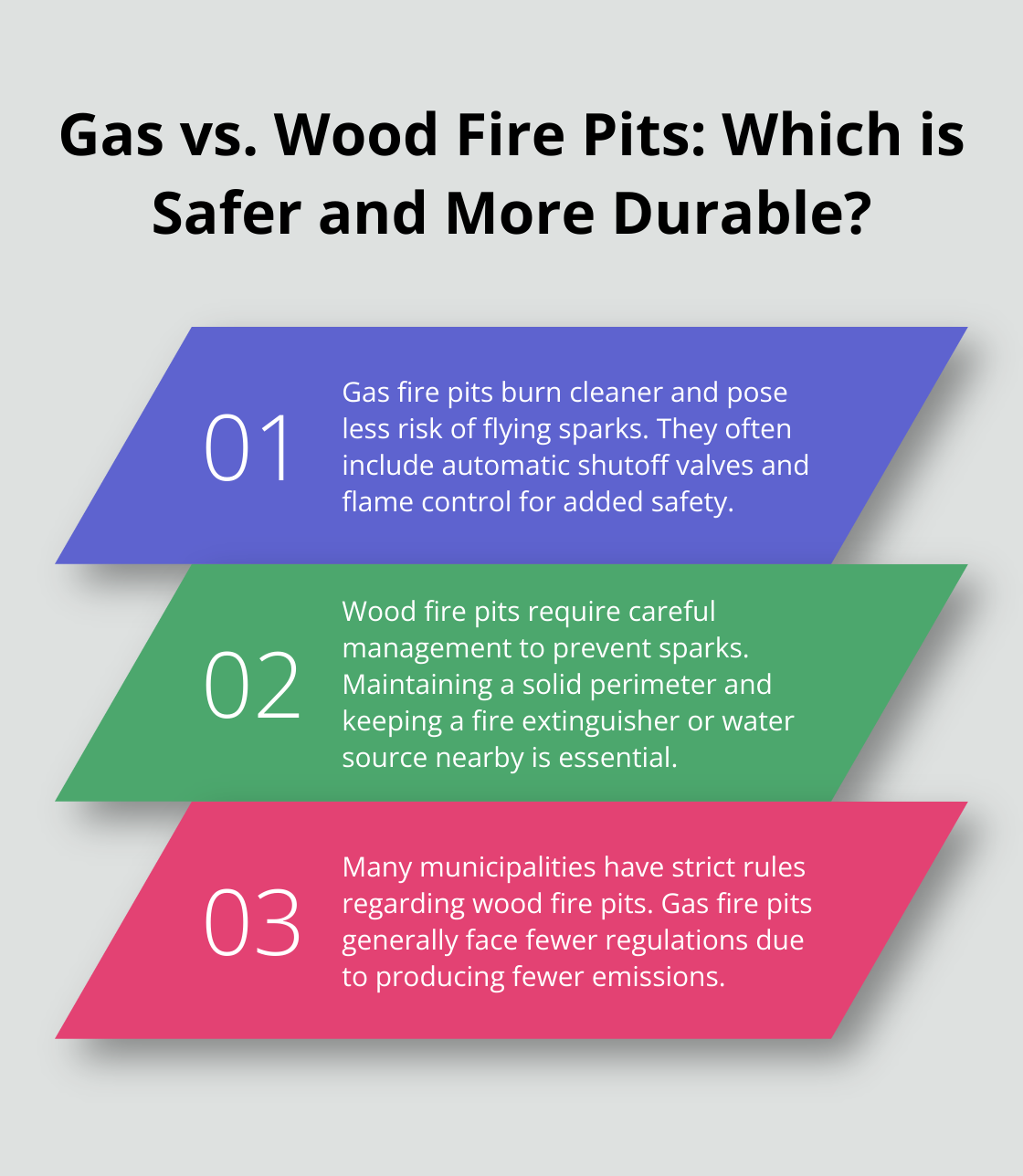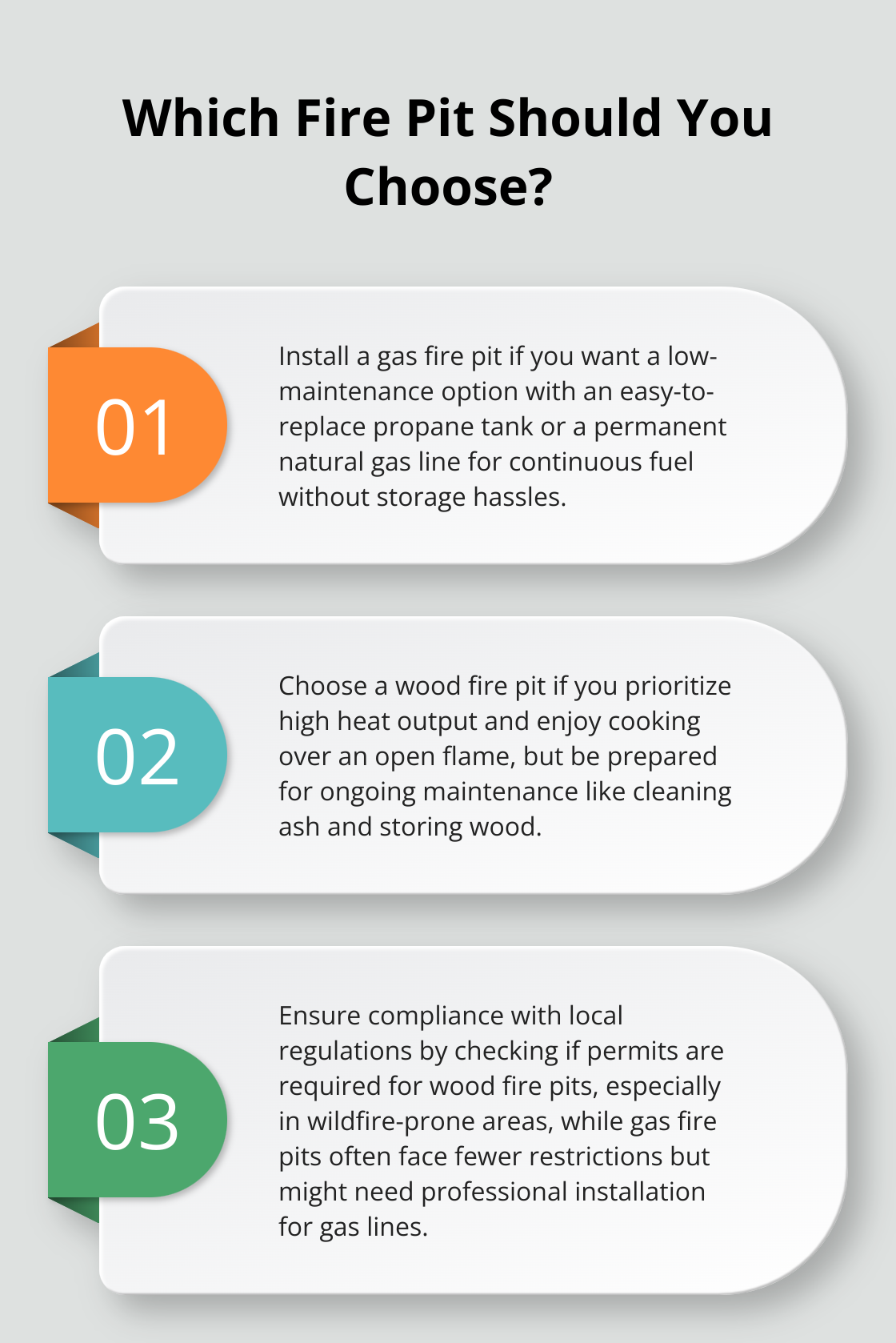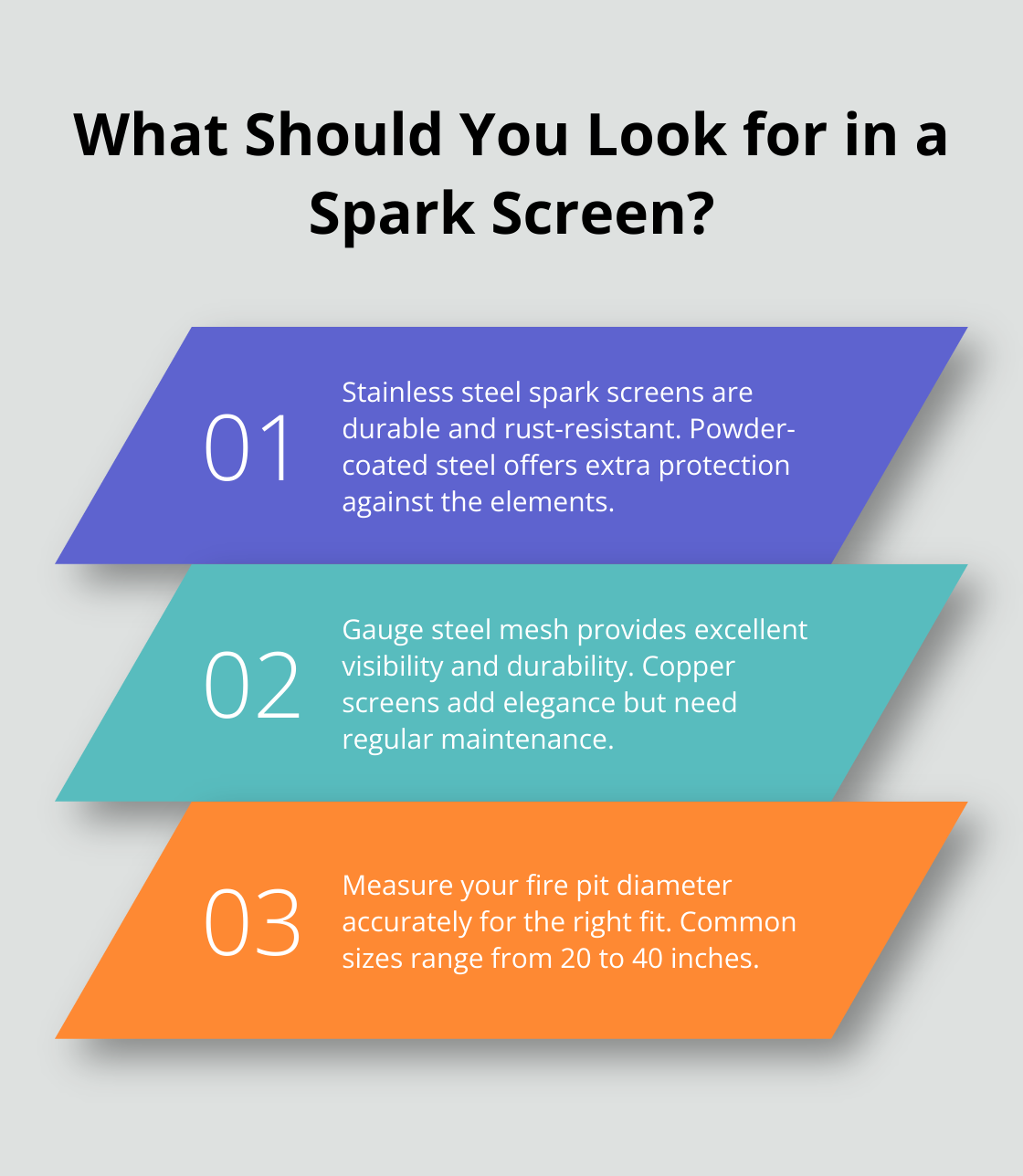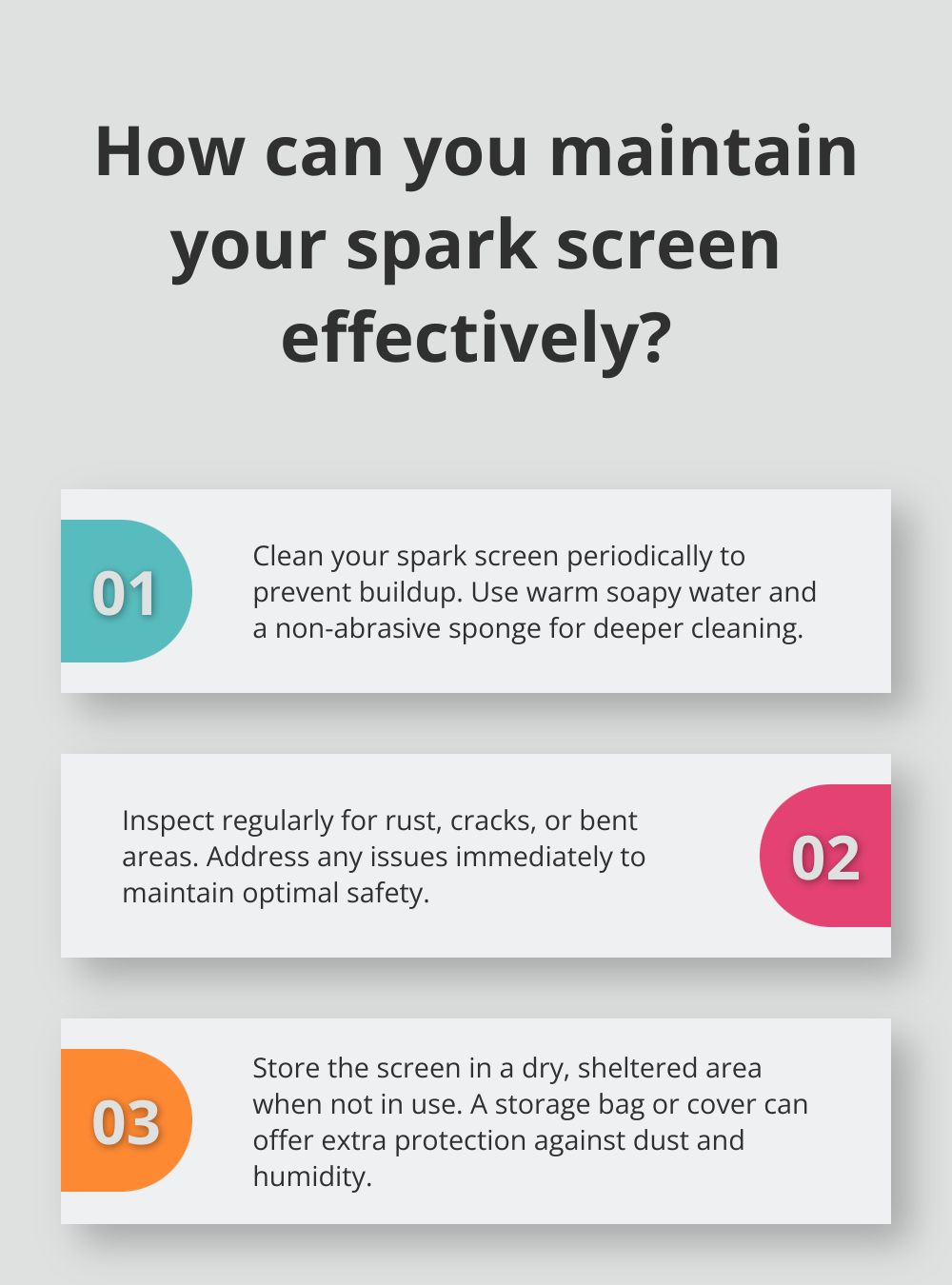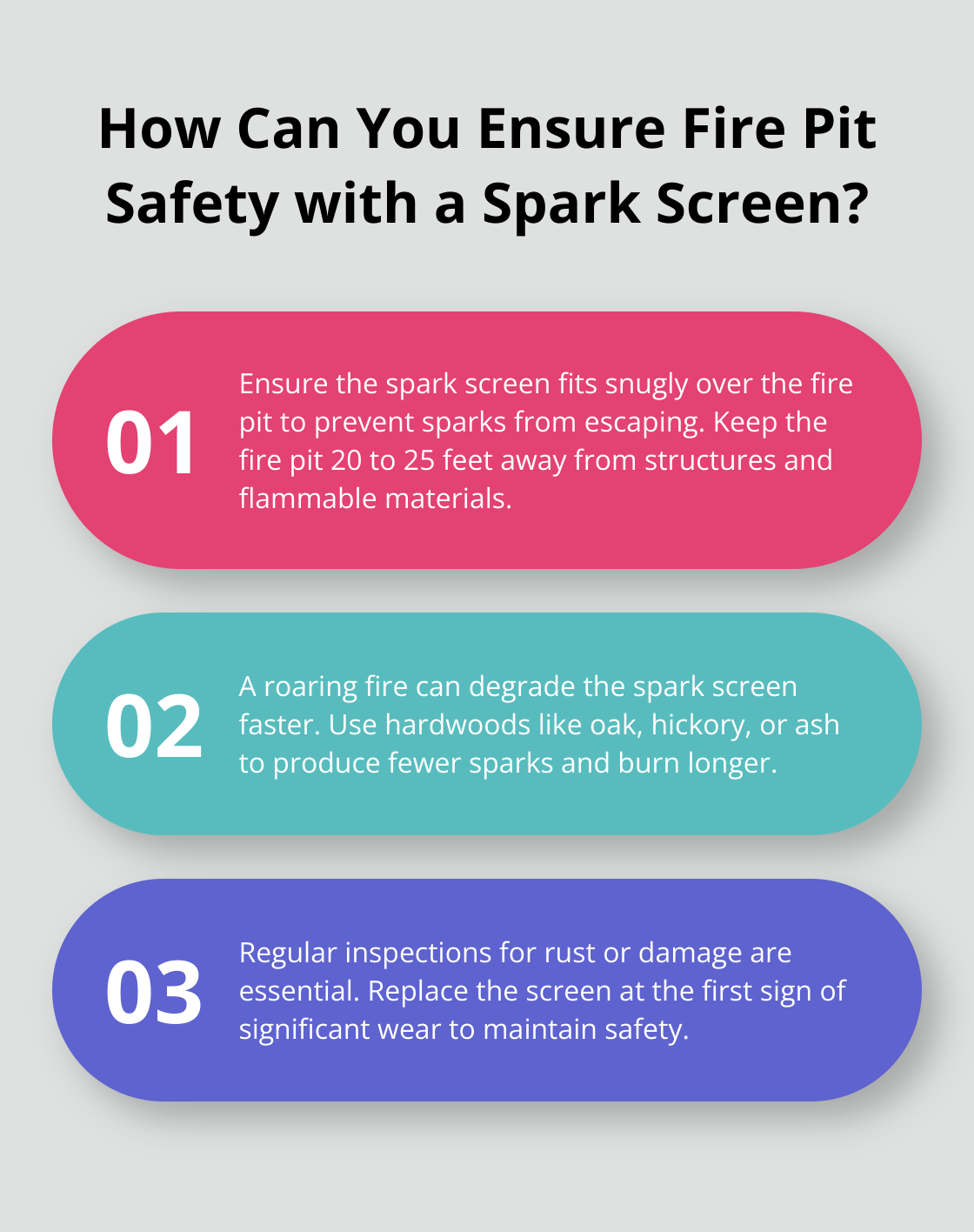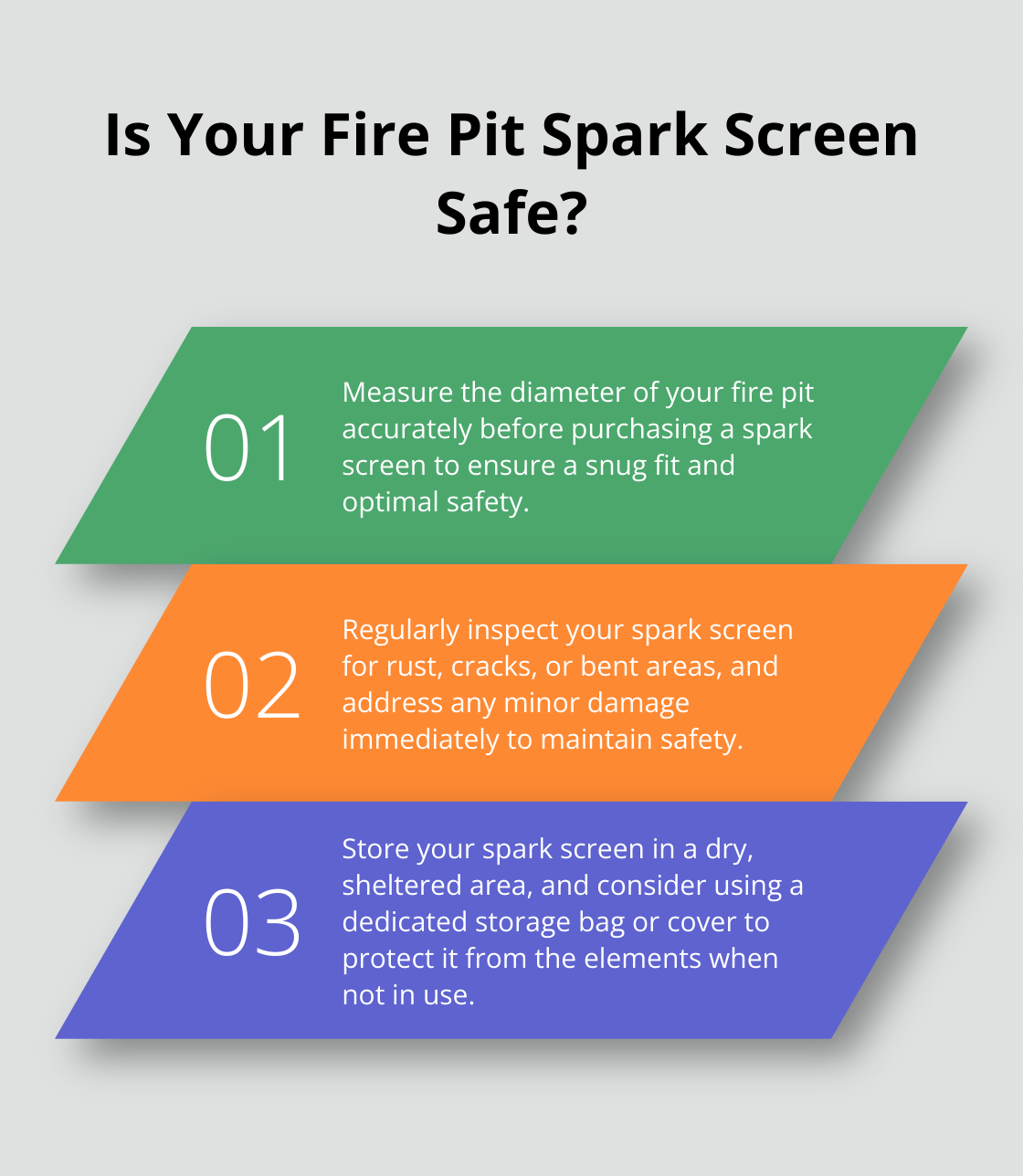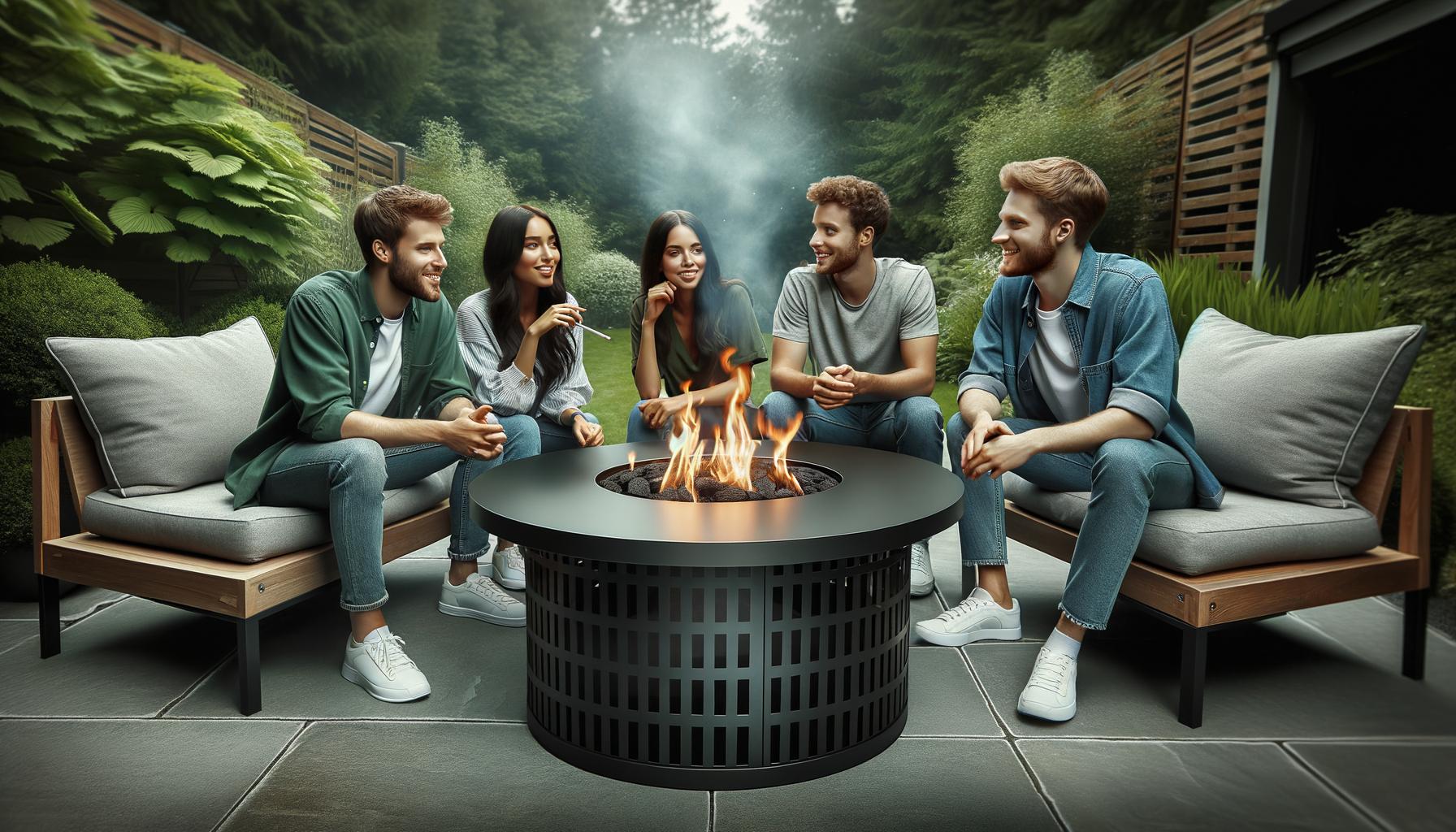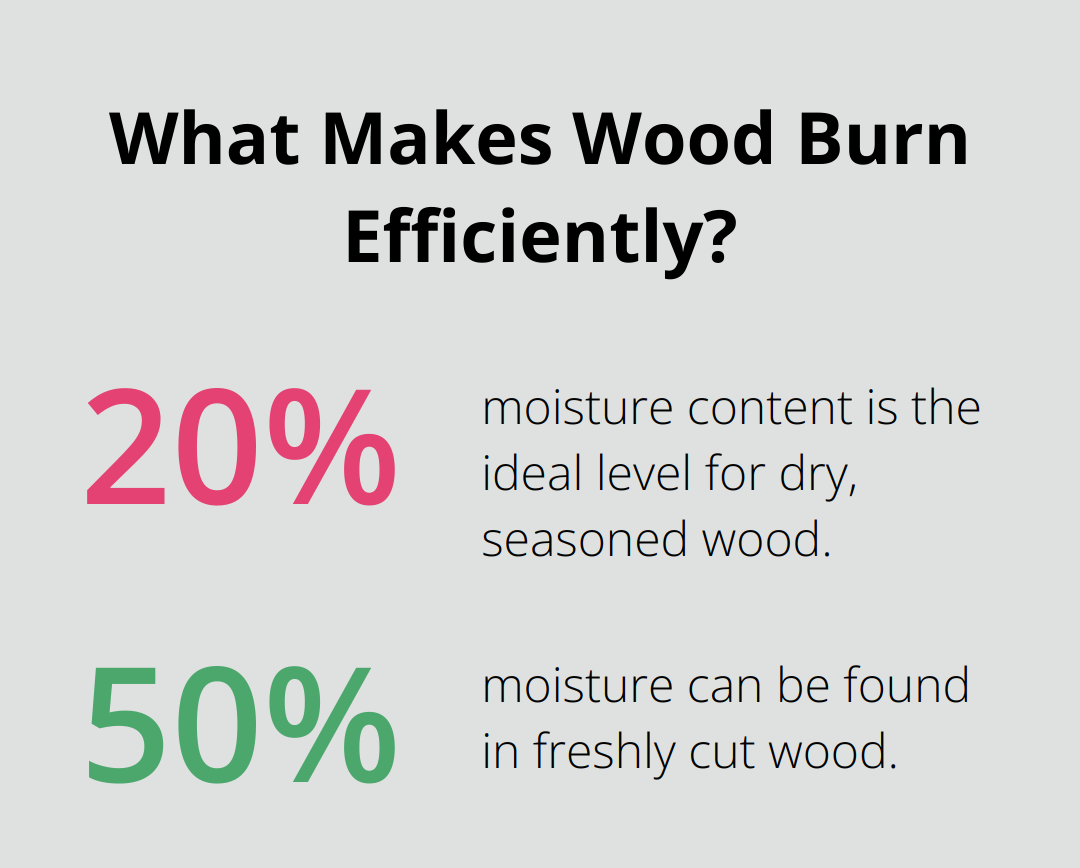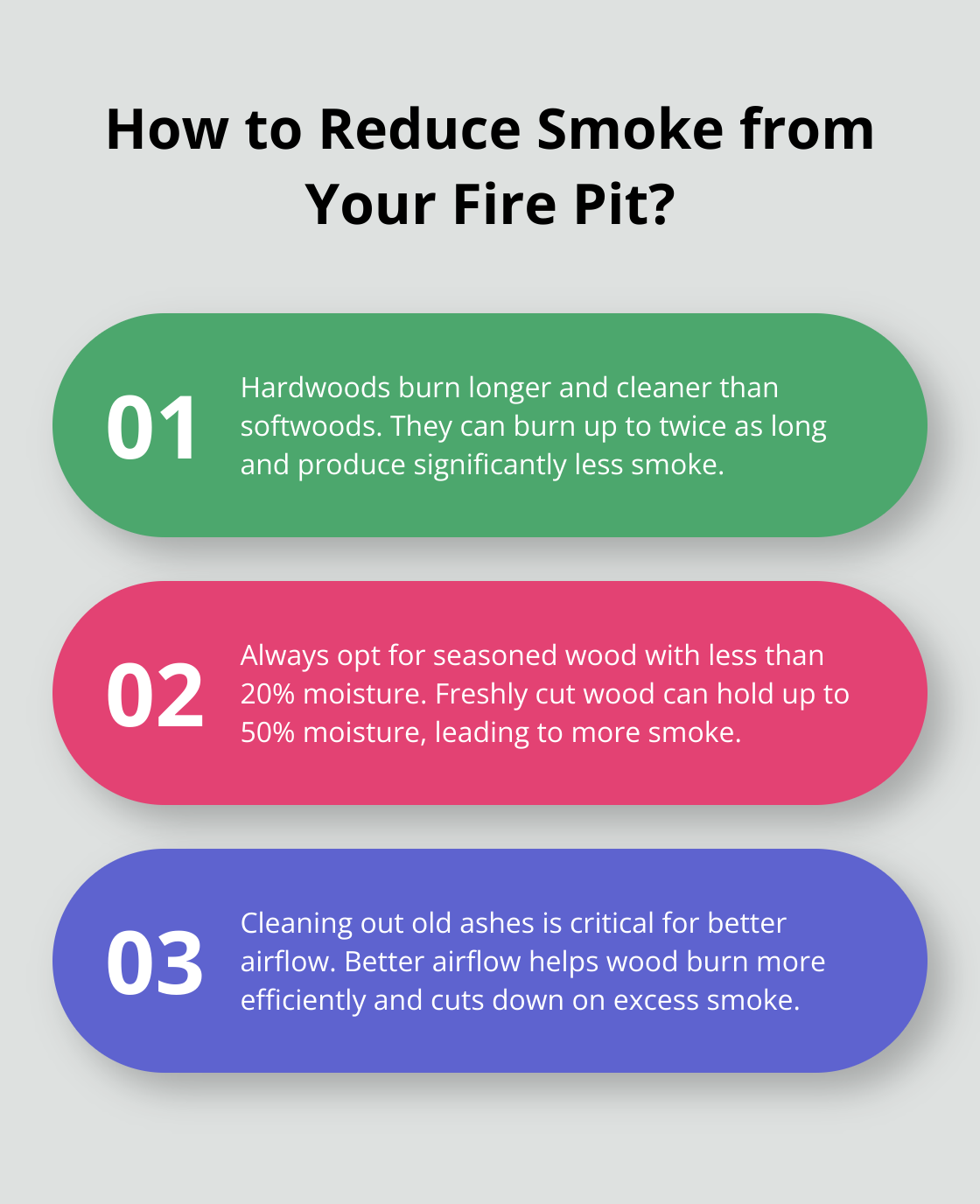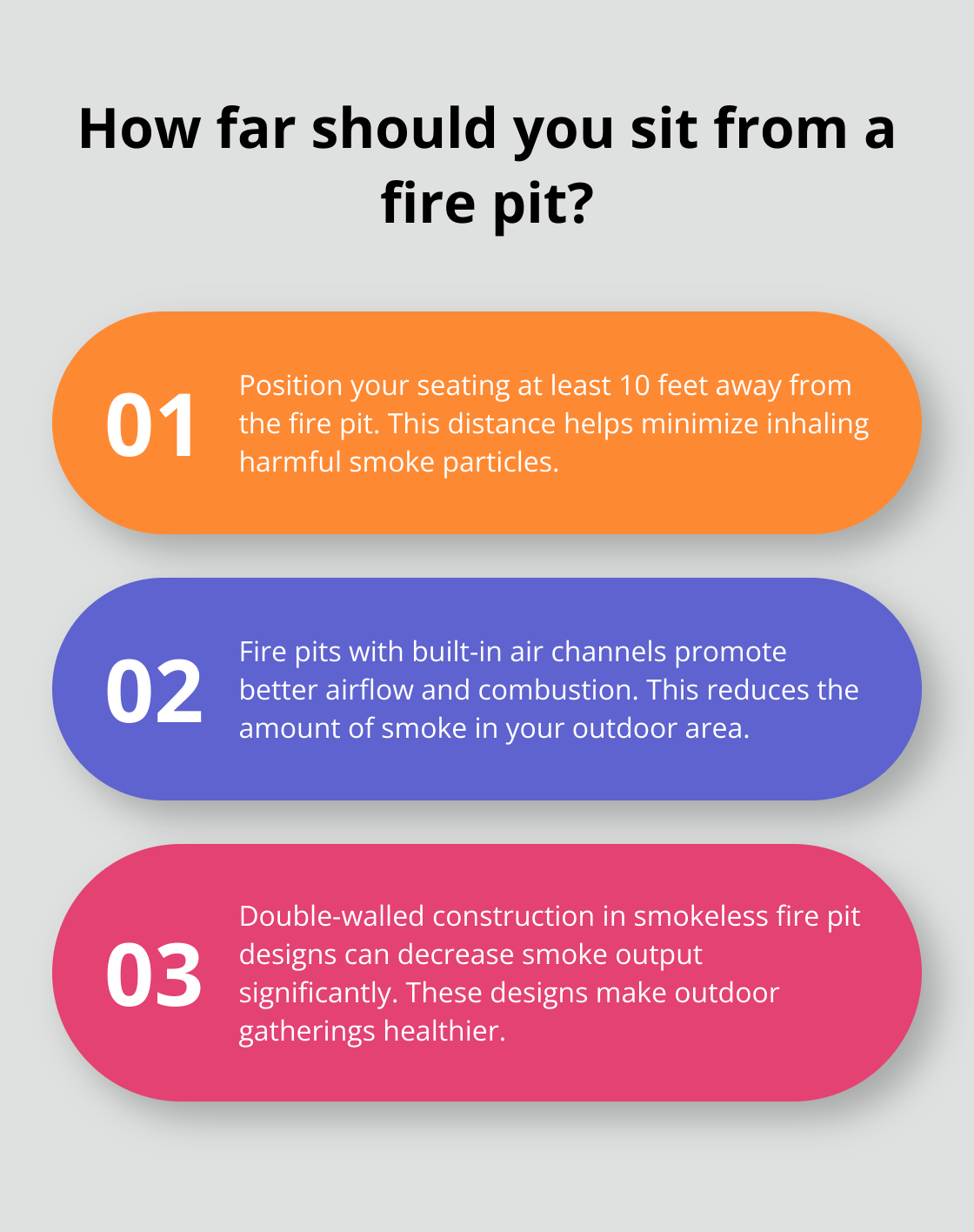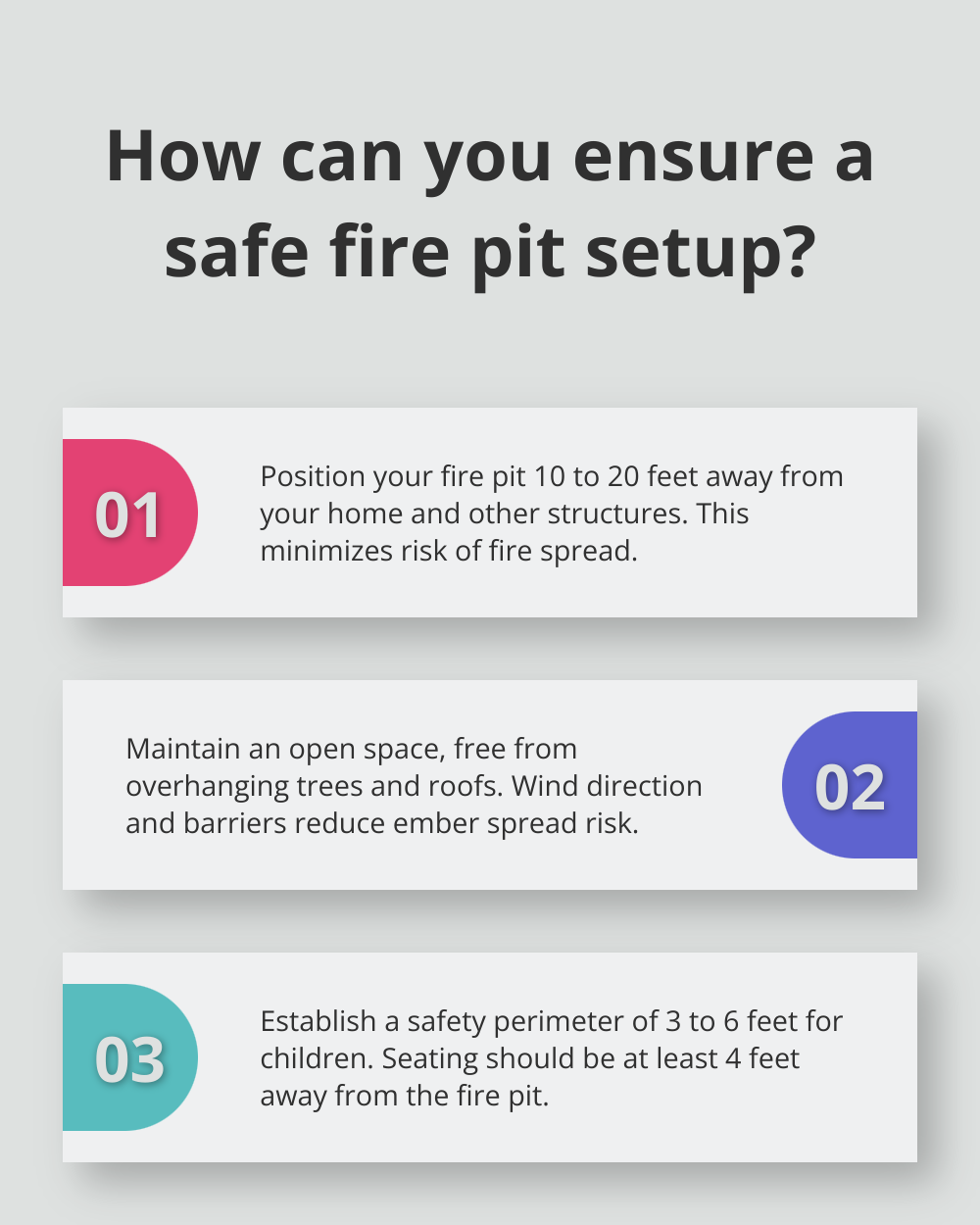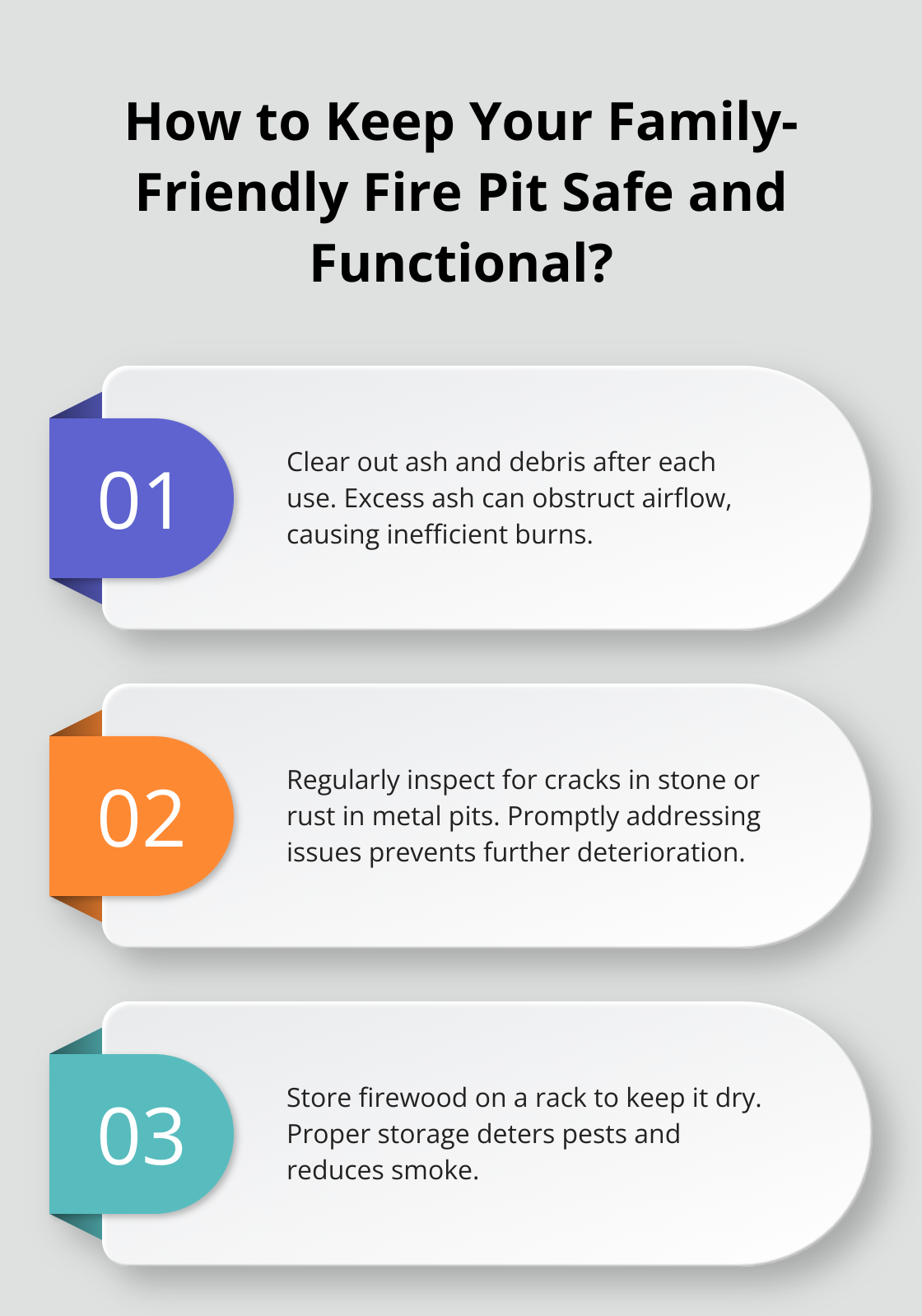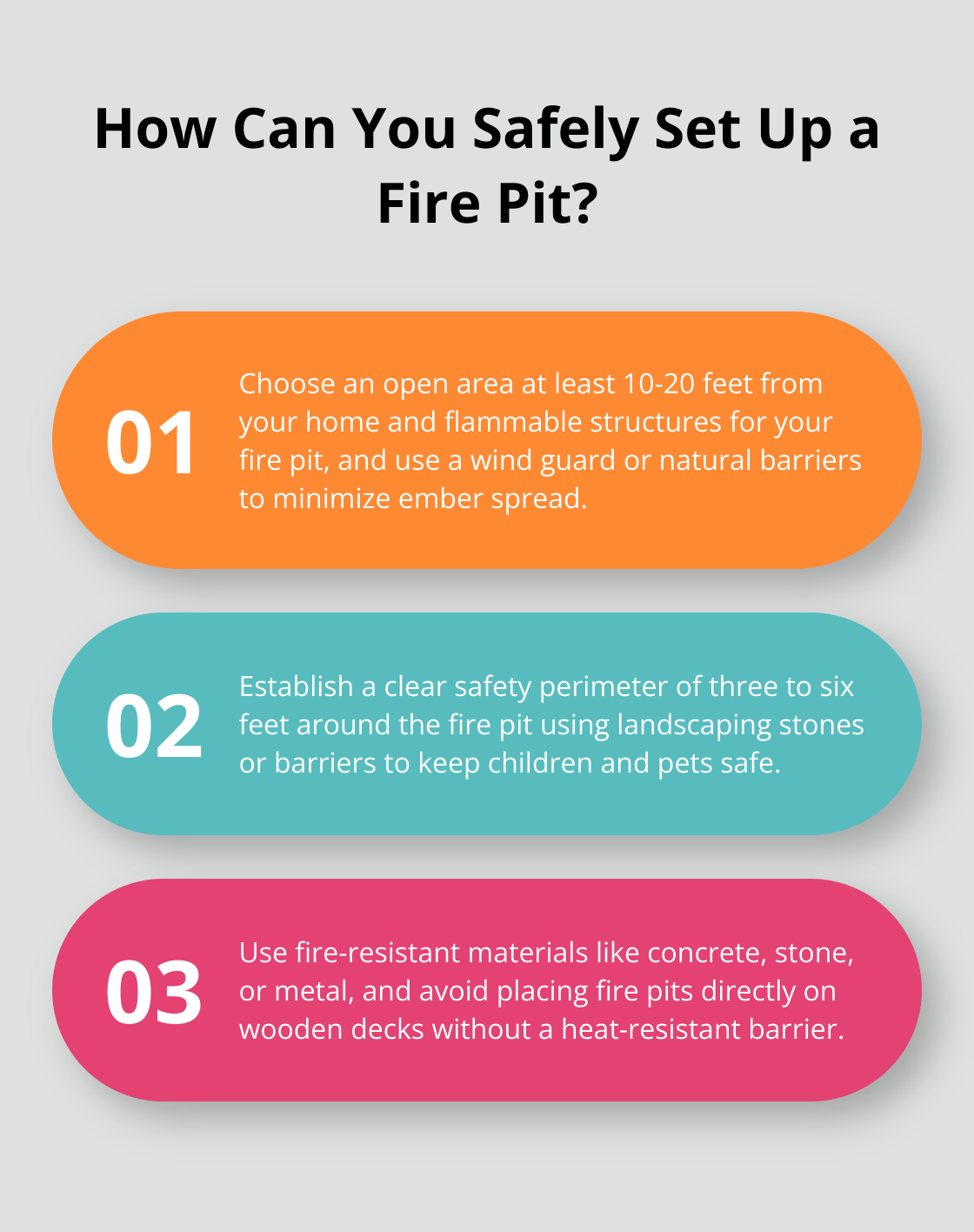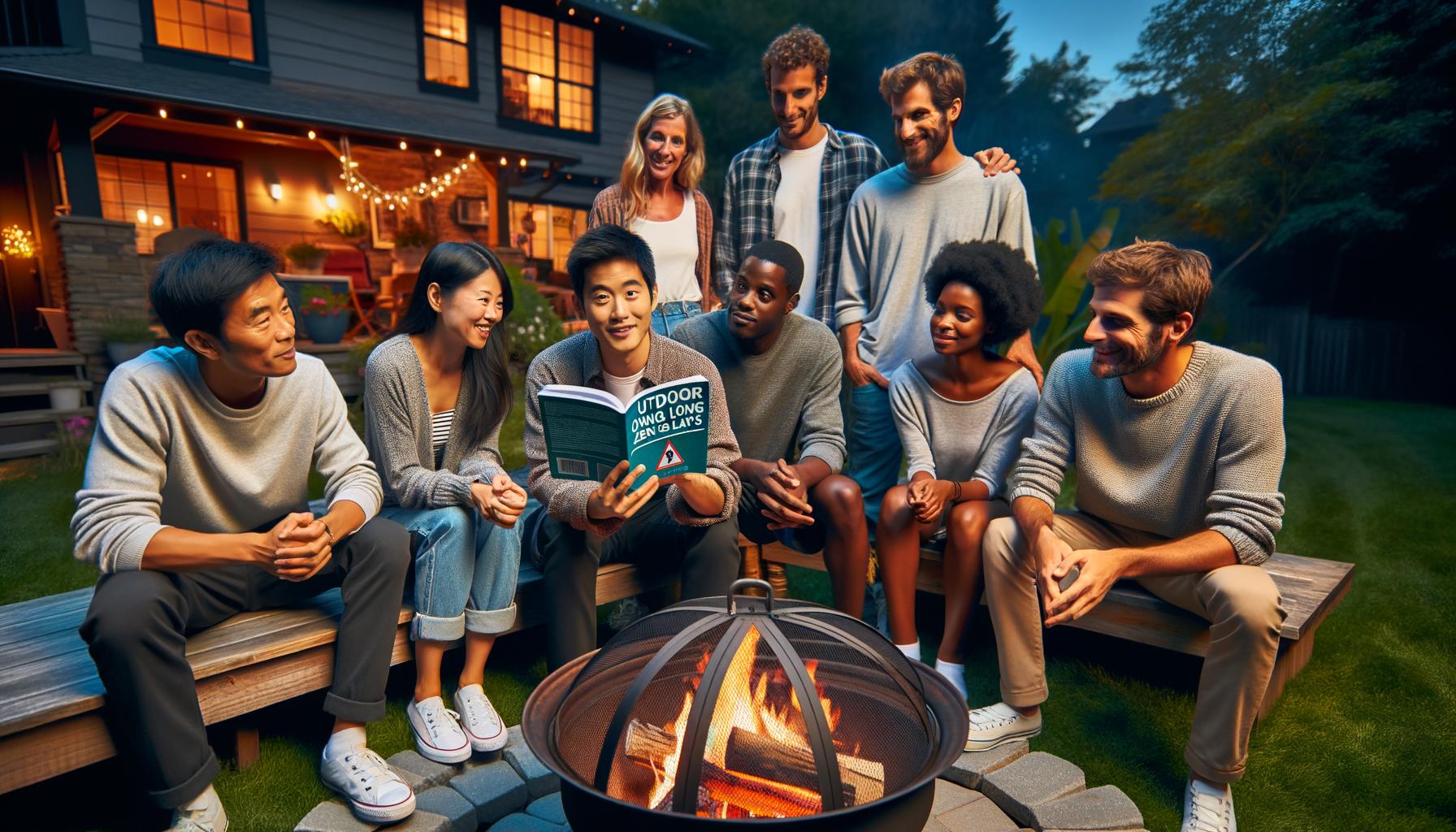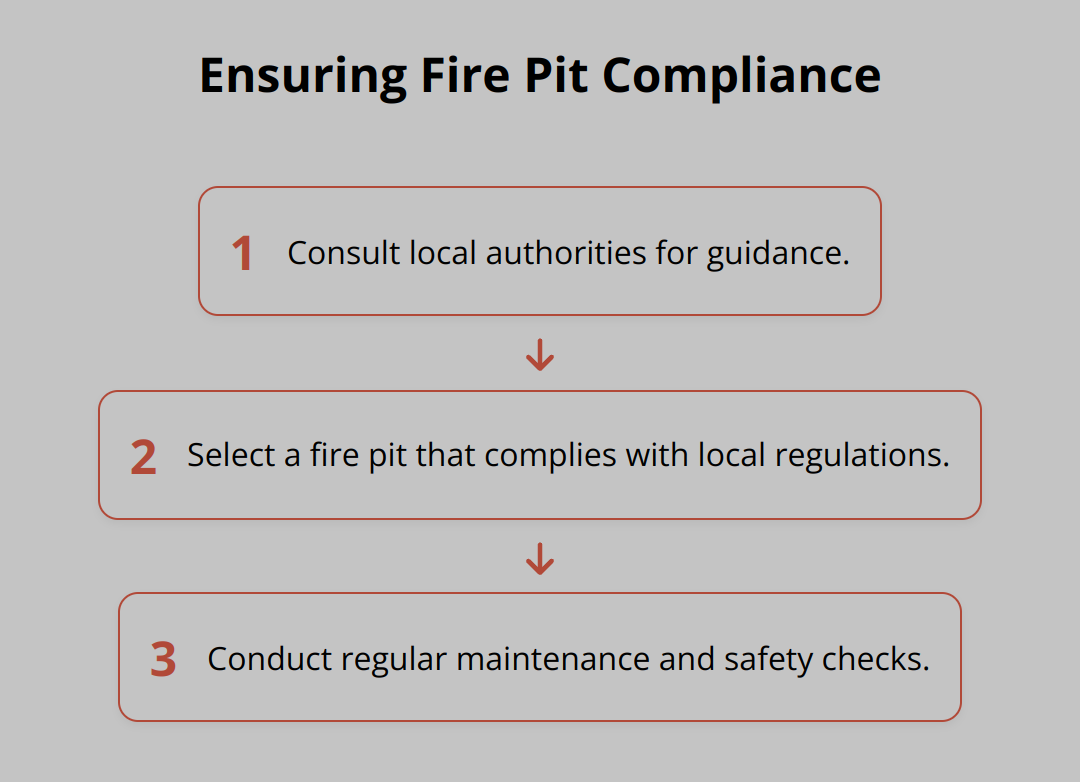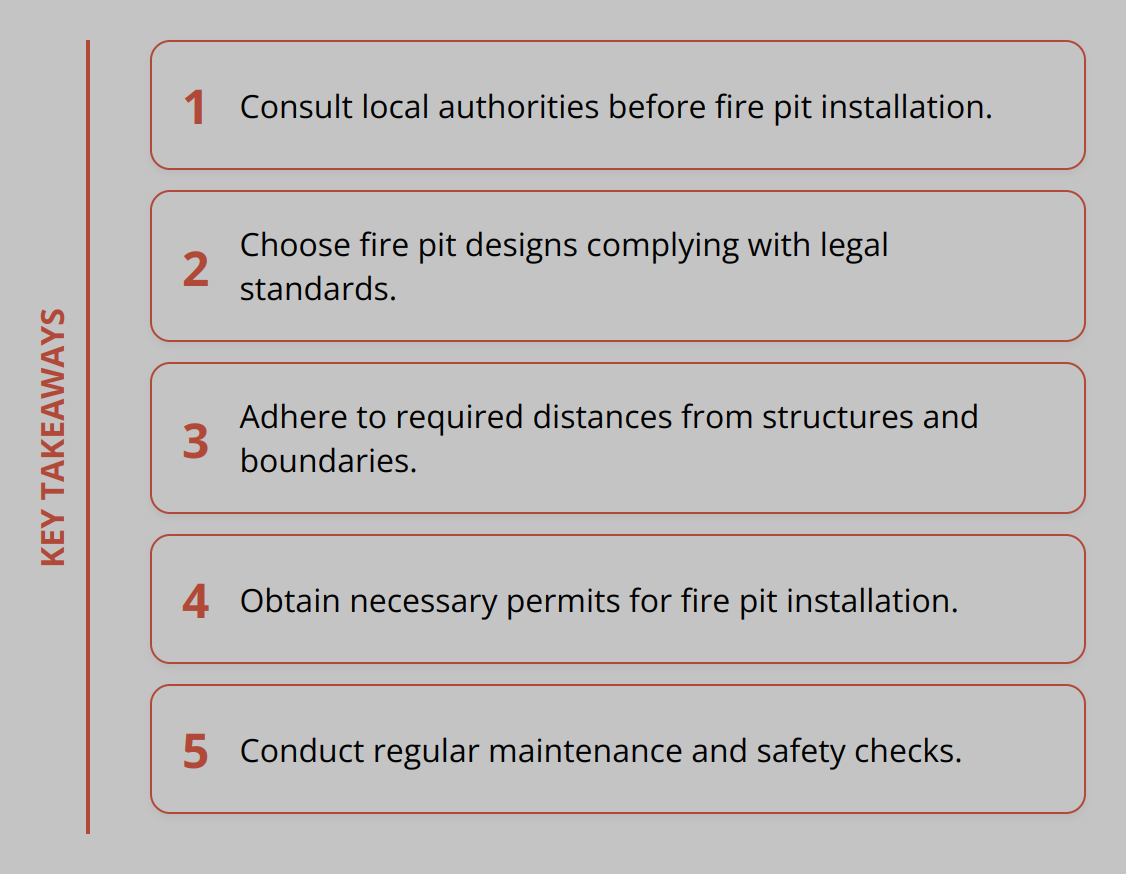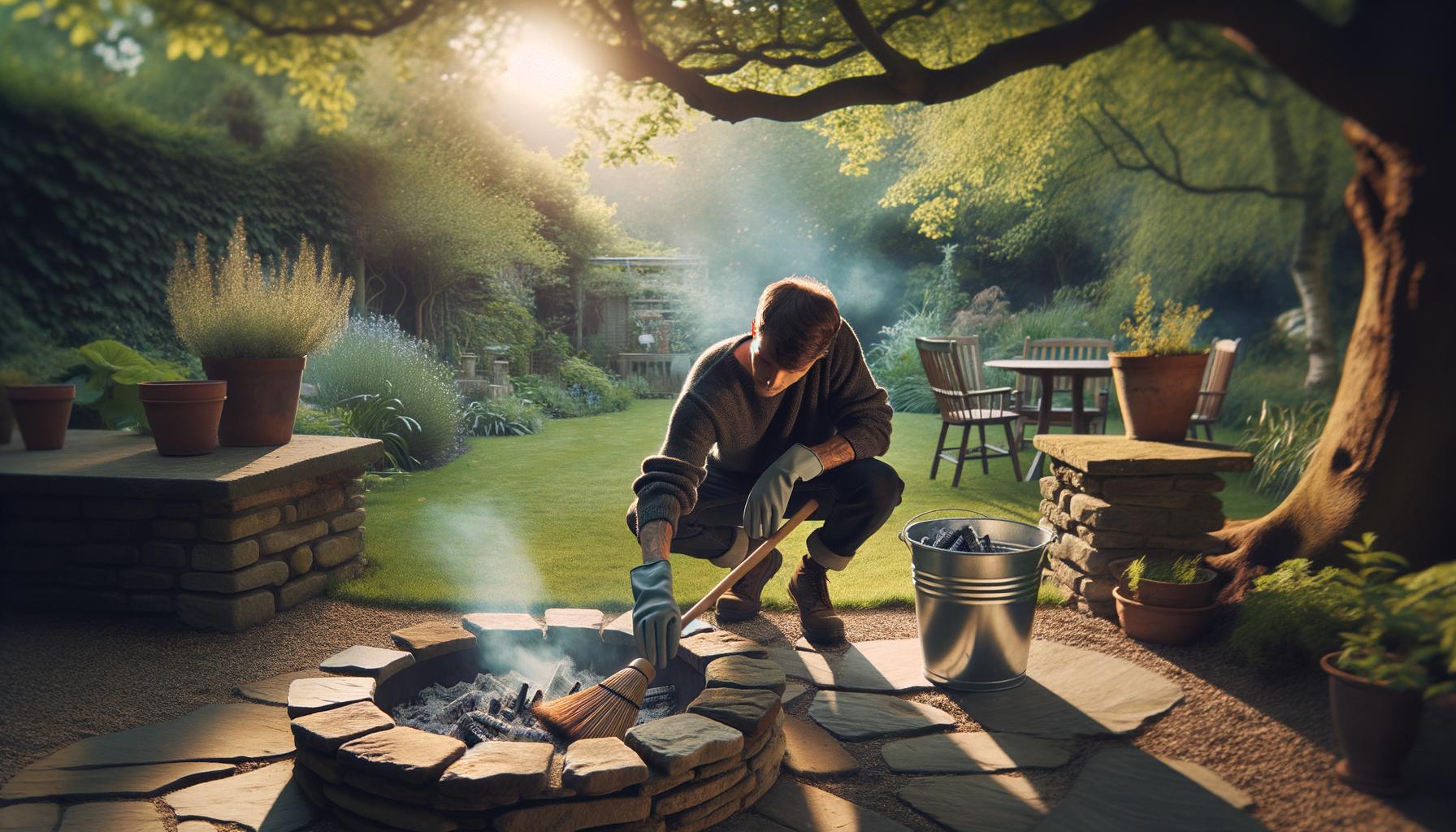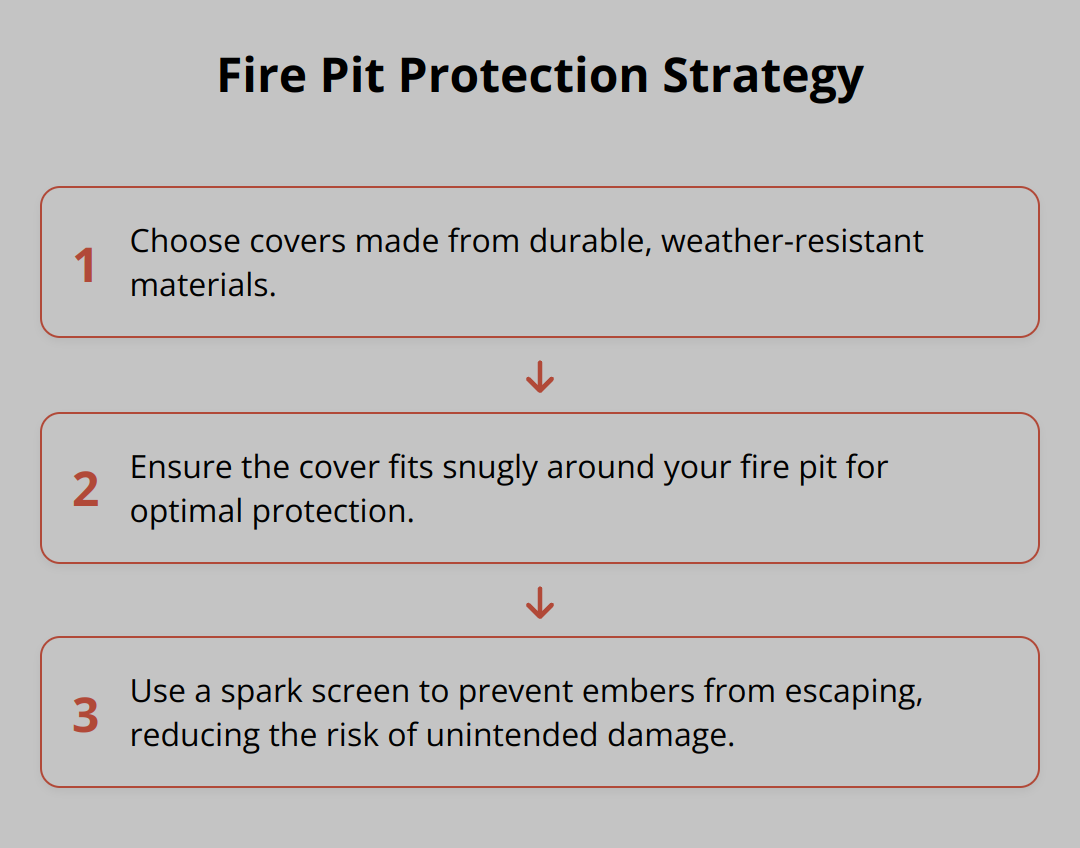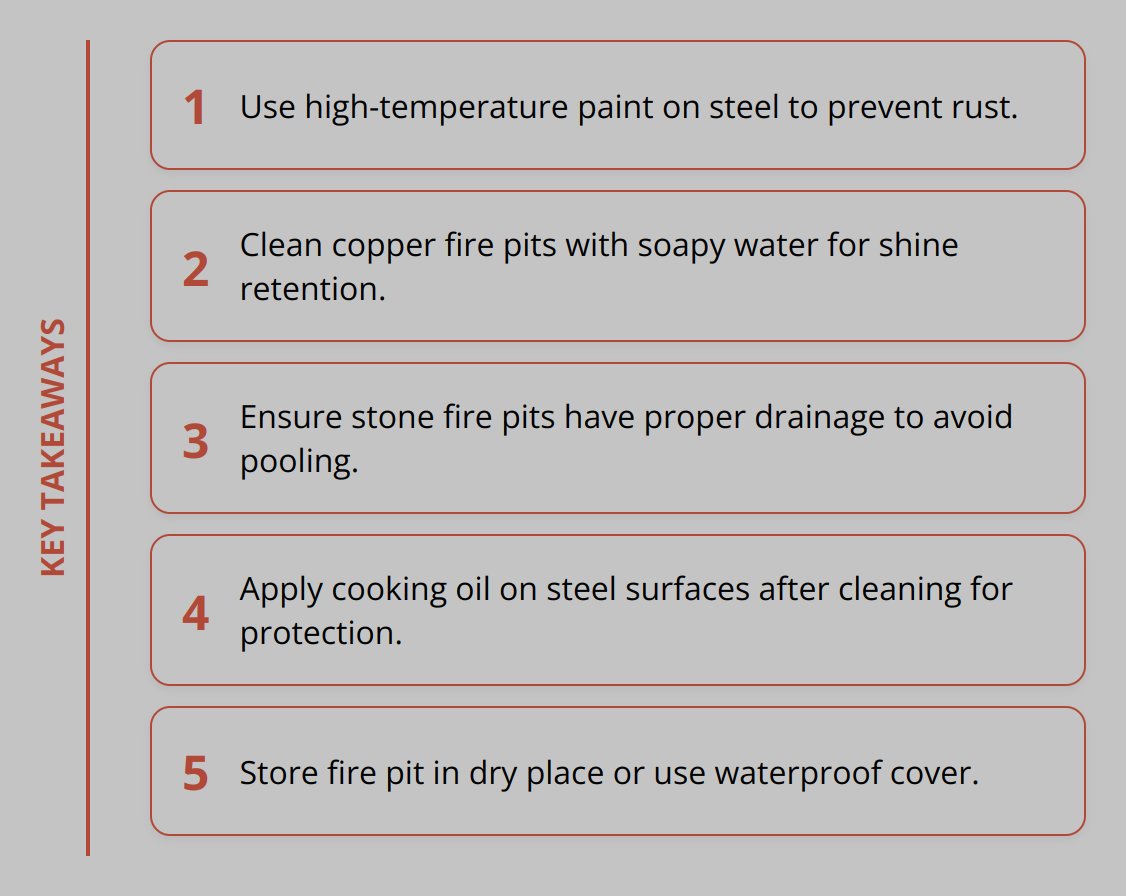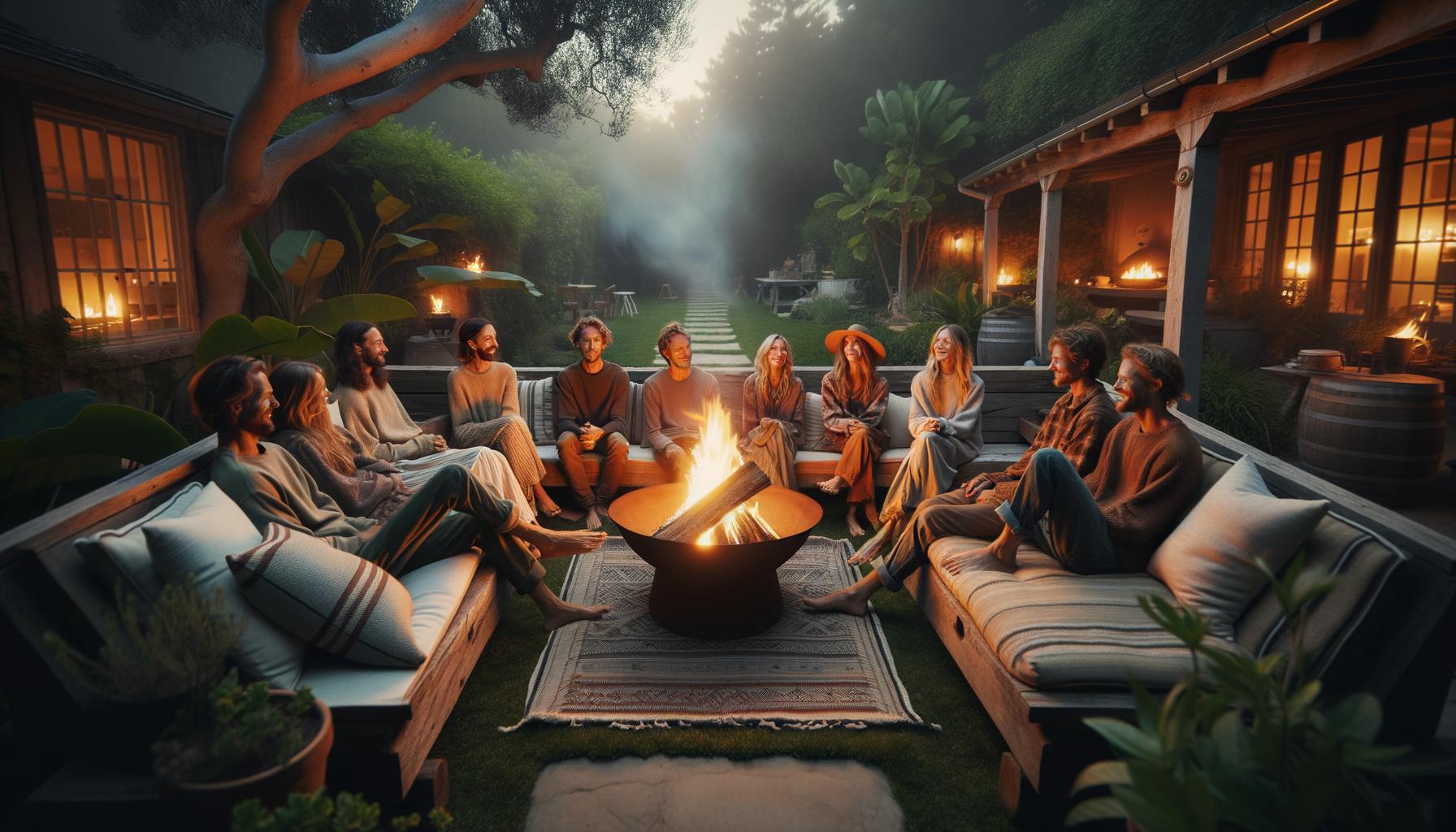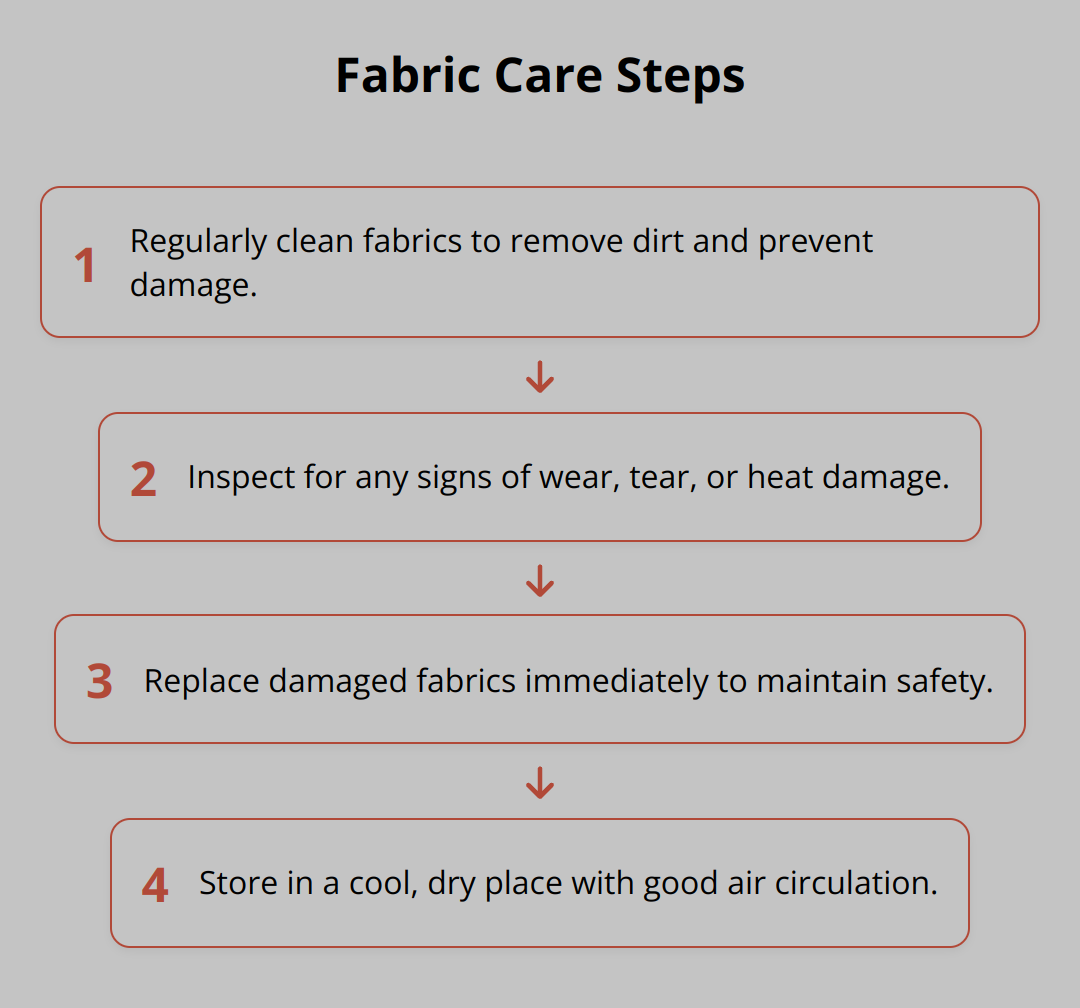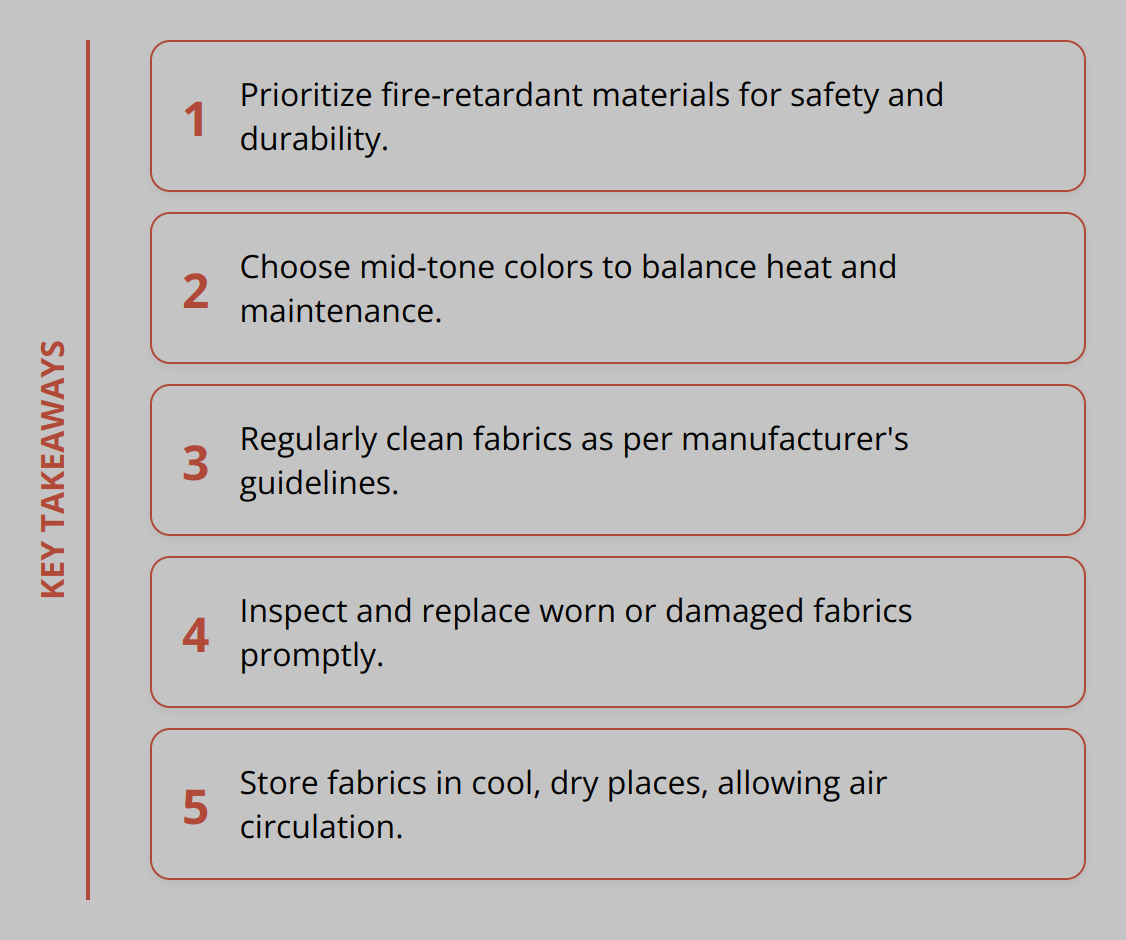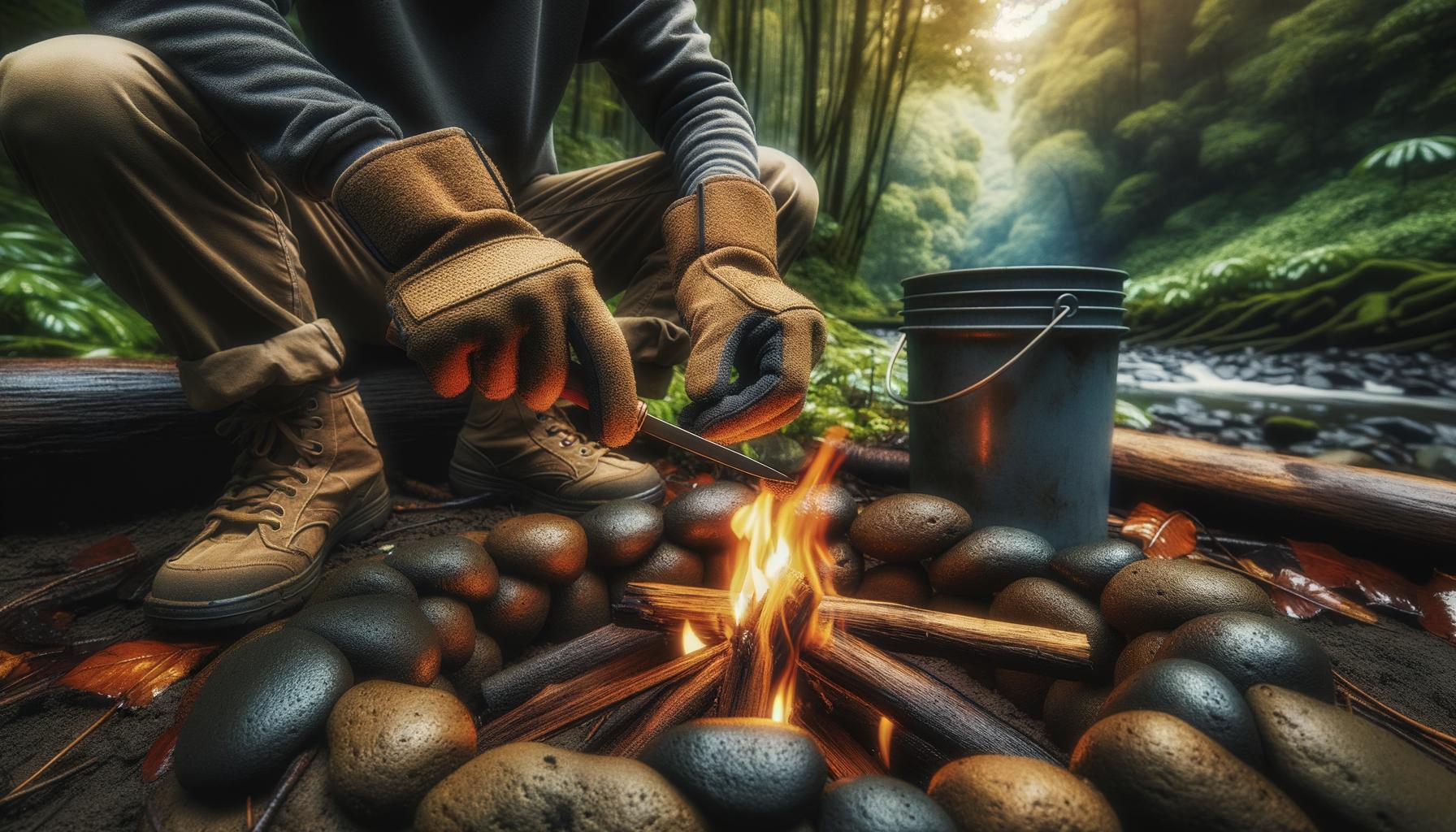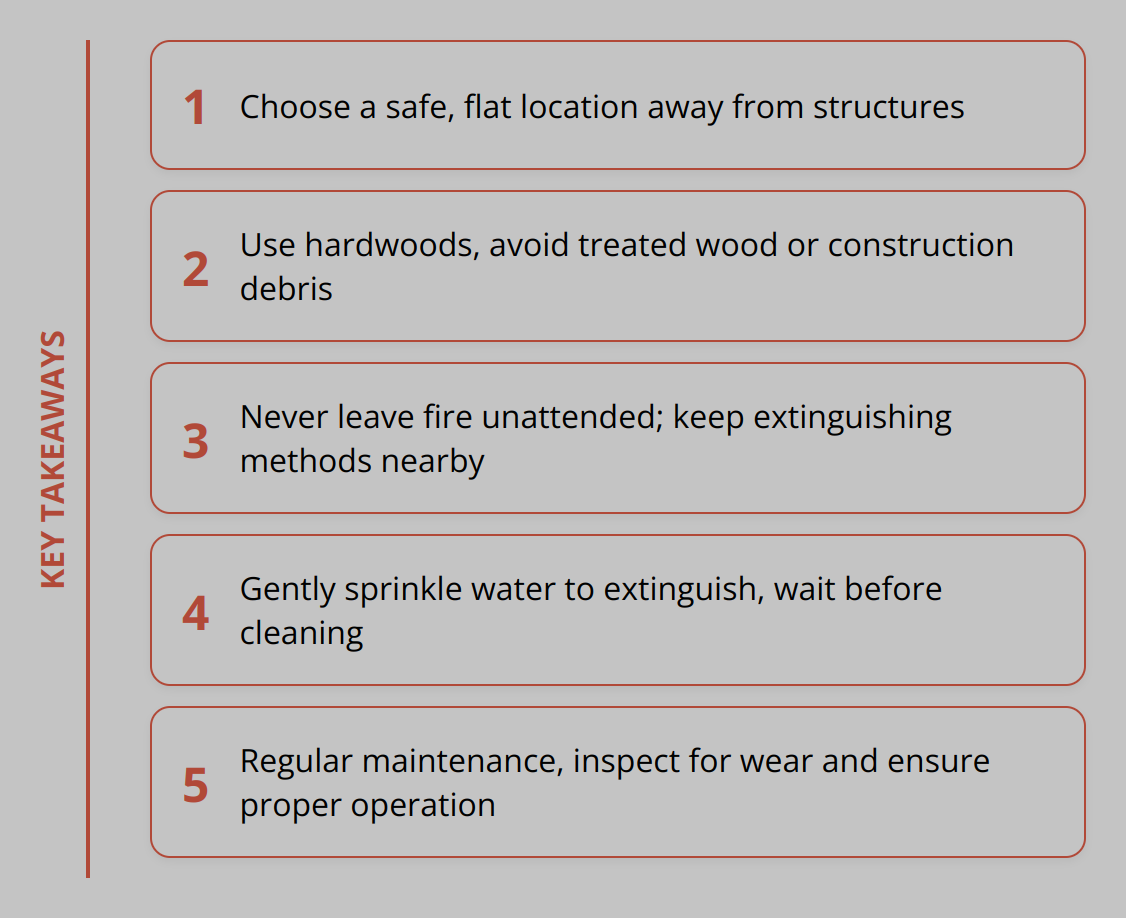At S&S, we’ve had the privilege of serving a diverse range of customers who have made a conscious decision to opt for our handmade products over mass-produced alternatives. The reasons behind this choice are as varied as our customer base, ranging from a desire for sustainability to an appreciation for quality craftsmanship.
Our customers represent different types of consumers, all united by their appreciation for the value that handmade products bring to their lives. Whether it’s the unique character of each item or the knowledge that their purchase supports artisanal expertise, our customers are part of a larger movement toward more mindful consumption.
This shift is driven by a set of values that prioritize quality, sustainability, and personal connection. As we share the words of our customers, it becomes clear that choosing handmade is not just a purchasing decision, but a statement about the kind of world we want to create.
The Artisanal Revolution: Why Handmade Products Are Making a Comeback
The resurgence of artisanal products in the market is a testament to consumers’ growing appetite for unique, handmade goods. As we explore this trend, it becomes clear that the shift towards artisanal products is driven by a combination of factors, including a desire for quality, sustainability, and the story behind the product.
The Growing Trend of Artisanal Products in America
The trend towards artisanal products in America is gaining momentum. Consumers are increasingly seeking out products that are not only of high quality but also tell a story. This shift is driven by a growing dissatisfaction with mass-produced goods and a desire for products that are made with care and attention to detail.
We’ve collected numerous stories from customers who discovered our handmade products through various channels, from social media to personal recommendations. Each customer had their own reason for making that initial purchase, whether it was curiosity about different types of artisanal goods or a desire to experience the craftsmanship firsthand.
| Channel | Discovery Reason | Customer Response |
|---|
| Social Media | Curiosity about artisanal goods | Immediate recognition of quality difference |
| Personal Recommendations | Desire for unique products | Appreciation for craftsmanship |
| In-Store Experience | Sensory appeal of products | New standard set for product expectations |
The Unique Appeal of S&S Handmade Products
At S&S, our handmade products stand out due to their exceptional quality and the careful attention to detail that goes into each item. Customers rave about the distinctive textures, aromas, and visual appeal that our products offer, which are often described as pure nostalgic joy and blissful.
Many of our loyal customers report that their first experience with S&S products resulted in an immediate recognition of the quality difference compared to mass-produced alternatives. The discovery journey often begins with curiosity but quickly transforms into appreciation for the craftsmanship evident in every detail.
- Customer testimonials highlight how their first purchase set a new standard for what they expect from products in that category.
- The sensory experience forms a significant part of the discovery process, with customers noting the distinctive textures, aromas, and visual appeal.
- For many customers, finding our products marked a turning page in their consumer habits, leading them to seek out more handmade and artisanal goods.
How Our Customers Discovered the Difference
The journey of discovering S&S handmade products is unique for each customer. Some stumble upon our products while browsing social media, while others are introduced through friends or family members. Regardless of the discovery channel, the common thread is the appreciation for the craftsmanship and quality that our products embody.
The results of switching to handmade products often extend beyond the physical item itself, creating emotional connections and stories that become part of the customer’s personal narrative. As one customer noted, “Salt & Straw is pretty much the best ice cream there is,” reflecting the high regard in which our products are held.
By choosing handmade products, customers are not only acquiring a high-quality item but are also becoming part of a larger story that values craftsmanship, sustainability, and community.
Meet Sarah: Finding Connection Through Handcrafted Knitwear
It was the purchase of a single, handcrafted sweater that set Sarah on a path of discovery, leading her to reevaluate her entire approach to fashion and personal style. This moment marked the beginning of a significant transformation in her life, one that would influence not just her wardrobe, but her overall outlook on consumption and sustainability.
From Fast Fashion Fatigue to Sustainable Style
Sarah’s journey began with a growing sense of dissatisfaction with the fast fashion cycle. She found herself increasingly drawn to the idea of sustainable style, but wasn’t sure where to start. “We employ female artisans in rural Lithuania, giving them a living wage, financial independence, and a voice in their communities,” she read about our company. This resonated deeply with her, as did our commitment to sustainability: “Our female-founded factories use 100% natural yarns, which are not only great for your wardrobe, but also for the planet.”
For several compelling reasons, Sarah decided to take the plunge and invest in a handcrafted sweater. The decision was influenced by her growing awareness of the environmental and social impacts of her purchasing choices. As she began to explore different types of handmade products, she discovered a new appreciation for the craftsmanship and longevity they offered.
Her new mindset had set boundaries around impulse buying and created a framework for more intentional decisions about what she brought into her home. This shift was not just about fashion; it was part of a broader lifestyle change that emphasized quality over quantity.
The Emotional Impact of Wearing Ethically Made Clothing
Wearing ethically made clothing had a profound emotional impact on Sarah. She felt a deep connection to the artisans who crafted her garments, knowing that their work was valued and fairly compensated. This connection was not just about the physical product; it was about being part of a community that valued craftsmanship and sustainability.
The results of Sarah’s wardrobe transformation were not limited to her closet. Her new approach to fashion influenced her friends and family, encouraging them to reconsider their own consumption habits. As she noted, the most surprising thing about her journey was the satisfaction she derived from owning fewer, better-made items.
“The most surprising thing about my journey was discovering how much more satisfaction I derive from owning fewer, better-made items than from a closet full of disposable fashion.”
How Sarah’s Wardrobe Transformation Changed Her Outlook
Sarah’s transformation was not just about her wardrobe; it was about her outlook on life. By choosing handmade products, she initiated a virtuous cycle of more conscious consumption across all aspects of her life. Being part of a community that values artisanal craftsmanship connected her with like-minded individuals who shared her appreciation for quality and sustainability.
As Sarah continued on her journey, she found that her new mindset influenced various aspects of her life, from the way she shopped to the company she kept. The ripple effect of her choices was a testament to the power of individual actions in driving broader change.
The James Family: Creating New Traditions with Handmade Ice Cream
We’ve had the pleasure of watching the James family integrate our handmade ice cream into their family traditions. For them, our artisanal ice cream has become more than just a dessert; it’s a way to celebrate milestones, create new memories, and bond over shared experiences.
Breaking the Store-Bought Dessert Cycle
The James family’s journey with S&S began when they sought to move away from store-bought desserts and embrace a more personal and unique approach to their celebrations. They discovered that our artisanal ice cream offered a reason to break this cycle and start new traditions.
One of the primary reasons they chose our ice cream was its exceptional quality and the experience it provided. Unlike mass-produced ice creams, our artisanal flavors brought a new level of excitement to their gatherings. The James family appreciated the variety of types of ice cream we offered, from classic flavors to innovative and seasonal creations.
| Occasion | S&S Flavor Chosen | Reason for Choice |
|---|
| Birthday | Strawberry Cheesecake | Favorite flavor of the birthday person |
| Anniversary | Classic Vanilla Bean | Timeless and elegant, matching their wedding flavor |
| Graduation | Mint Chocolate Chip | Refreshing and celebratory |
Monthly Flavor Adventures: A Family Bonding Experience
The James family has made it a point to explore different types of our ice cream flavors every month. This has become a fun family activity, where they look forward to tasting new and limited-edition flavors. Our shop has become a shop they visit regularly, not just for the ice cream, but for the experience it offers.
Being part of the S&S community has enhanced their special occasions, with our shop becoming what they describe as “one part neighborhood gathering place and one part Willy Wonka-style ice cream flavor laboratory.” This unique experience has made our ice cream a staple in their celebrations.
The family has set their own tradition of gifting our ice cream to friends and extended family, spreading their appreciation for handcrafted quality beyond their immediate household. They particularly value our limited-edition and seasonal offerings, considering these ones worth planning celebrations around.
How Artisanal Ice Cream Became Their Special Occasion Staple
Over time, the James family has come to associate specific S&S flavors with particular achievements and milestones. What began as a dessert choice has evolved into a family language of celebration. They now mark different types of milestones with specially selected S&S flavors that complement the occasion.
Their story illustrates how an artisanal food product can transcend its category to become an emotional touchstone and marker of significant life moments. For the James family, our ice cream is more than just a treat; it’s a way to create lasting memories and strengthen their bond.
In conclusion, the James family’s experience with S&S artisanal ice cream demonstrates the power of handmade traditions in creating meaningful and lasting celebrations. By integrating our ice cream into their family rituals, they’ve found a new way to make every occasion special.
Real Stories from S&S Customers: Why They Chose Handmade Over Store-Bought
The decision to opt for handmade products is often rooted in a deeper connection to the craftsmanship and the people behind them. At S&S, we have seen a significant number of customers who value the unique qualities of handmade products, from the quality difference to the positive environmental impact and the human connection that comes with supporting artisans.
The Quality Difference: Customer Testimonials
One of the primary reasons our customers choose handmade products is the noticeable difference in quality. Our customers frequently comment on the superior craftsmanship and attention to detail that goes into each handmade item.
Exceptional Craftsmanship: We hear consistently from customers that the quality of our handmade products far exceeds that of mass-produced alternatives. For instance, Sarah, one of our loyal customers, shared her experience with our handcrafted knitwear. She appreciated the meticulous attention to detail and the care that each piece receives.
- Customers appreciate the durability and longevity of handmade products.
- The unique characteristics of each handmade item are seen as a significant advantage.
- The personal touch in handmade products creates a deeper emotional connection with the customer.
These testimonials highlight the reason behind the growing preference for handmade products: a desire for quality that is often lacking in mass-produced items.
Sustainability Stories: Environmental Impact Matters
Another crucial factor driving the demand for handmade products is their environmental sustainability. Our customers are increasingly aware of the environmental footprint of their purchases and appreciate the eco-friendly aspects of handmade products.
Eco-Friendly Practices: We employ female artisans in rural Lithuania, giving them a living wage, financial independence, and a voice in their communities. This approach not only supports local economies but also promotes sustainable practices. Many of our customers have set intentions to use their consumer power more mindfully, choosing products that are made with environmentally friendly methods.
“We are committed to sustainability and ensuring that our practices are environmentally responsible,” says one of our artisans. “It’s fulfilling to be part of a process that values both people and the planet.”
Our customers value the different types of positive social impacts their purchases create, from providing living wages to preserving traditional crafts. By choosing handmade, customers are supporting a supply chain that prioritizes human dignity and fair compensation, creating economic opportunities in communities that need them.
Supporting Artisans: The Human Connection
The human connection is a vital aspect of why our customers prefer handmade products. The stories of our artisans, including the pairs of hands that craft each product, create meaningful connections that go beyond the typical retail experience.
Customers frequently mention how knowing the human story behind their purchases transforms ordinary objects into meaningful possessions with histories and narratives. This personal connection is a significant reason customers choose handmade over store-bought items.
By supporting artisans, our customers are not just buying products; they are becoming part of a larger community that values ethical consumption and fair labor practices. This connection to the person behind the product fosters a deeper appreciation and loyalty to our brand.
The Craftsmanship Behind Our Products: What Customers Notice
The unique charm of our handmade products lies in the meticulous attention to detail and traditional techniques employed by our artisans. At S&S, we make beautiful knitwear honoring heritage craftsmanship, a fact that is consistently reflected in customer feedback.
Our customers often articulate specific reasons why they appreciate the quality of our handmade products, from their superior performance to their distinctive character. This appreciation is rooted in the various types of quality indicators present in our products, including the excellence of raw materials and the precision of construction and finishing details.
Attention to Detail: The Artisan’s Touch
The artisan’s touch is evident in every stitch, every weave, and every detail of our handmade products. This attention to detail is a hallmark of our brand and a key factor in the superior quality of our products. Customers have come to set higher standards for their purchases after experiencing the difference in our handmade products, becoming more discerning consumers across all categories.
Being part of a quality-focused community has enhanced many customers’ appreciation for craftsmanship and helped them develop more refined preferences. The tangible results of our commitment to quality manifest in products that not only perform better but also age more beautifully than their mass-produced counterparts.
| Quality Indicator | Description | Customer Benefit |
|---|
| Raw Materials | Excellence in sourcing high-quality materials | Durable and long-lasting products |
| Construction Precision | Attention to detail in every stitch and weave | Superior performance and aesthetic appeal |
| Finishing Details | Precision in finishing touches | Enhanced overall quality and character |
Traditional Techniques in Modern Products
Our commitment to heritage craftsmanship means that we continue to employ traditional techniques in the production of our modern products. This blend of old and new results in a unique selection of products that are both timeless and contemporary.
Customers frequently comment on the thoughtful selection of materials and techniques that contribute to the overall excellence of our products. This appreciation reflects a growing segment of consumers who are prioritizing quality over quantity and seeking products with integrity and longevity.
- Traditional knitting techniques combined with modern designs
- Use of high-quality, sustainable materials
- Attention to detail in every aspect of production
Customer Appreciation for Handmade Quality
The appreciation for handmade quality is a common thread among our customers. Many have expressed that the quality of our products has been a reason to return to us for future purchases. The different types of quality indicators in our products have set a new standard for these customers.
As customers become more aware of the craftsmanship that goes into our products, they become part of a larger community that values quality and integrity. The results of this appreciation are evident in the loyalty and advocacy of our customer base.
Michael’s Story: From Skeptic to Handmade Advocate
We were astonished when Michael, one of our most vocal critics, became an ardent supporter of our handmade products, driven by his firsthand experience with their exceptional quality. Michael’s transformation is a compelling narrative that underscores the value of craftsmanship and attention to detail that defines our brand.
Initial Doubts About Handmade Value
Michael’s initial skepticism about handmade products was rooted in a common concern: “Why is handmade always advertised as superior to machine-made? Wouldn’t handmade have more human error and thus be prone to breaking or damage more easily?” This question resonated with many of our potential customers who, like Michael, were uncertain about the value proposition of handmade products.
For Michael, the perception that handmade products were inherently more prone to errors due to human involvement was a significant deterrent. He questioned whether the premium pricing of handmade products could be justified, given the potential for variability in quality. This skepticism was not unique to Michael; many consumers share similar doubts, making his eventual conversion particularly noteworthy.
- Michael’s initial doubts were fueled by concerns over quality consistency.
- He was unsure if the unique characteristics of handmade products justified the higher cost.
- Like many consumers, Michael was influenced by the perception that machine-made products offered reliability and uniformity.
The Turning Point: When Quality Became Evident
The turning point for Michael came when he directly experienced the quality of our handmade products. He was introduced to our range of artisanal goods, and the craftsmanship that went into each item impressed him. The attention to detail, the care in the manufacturing process, and the overall aesthetic appeal of our products resonated with him on a deeper level.
As Michael began to appreciate the nuances of handmade craftsmanship, he started to see the value in the unique characteristics of each product. He realized that the human touch, rather than being a liability, was actually a significant advantage, imbuing each item with a sense of personality and history.
- Michael was struck by the superior quality of our handmade products.
- The craftsmanship and attention to detail were compelling reasons for him to reconsider his initial skepticism.
- He began to appreciate the unique stories and characteristics behind each handmade item.
Michael’s experience with our products was a set of moments that collectively transformed his perception. He started to recommend our products to different types of people in his network, tailoring his endorsements to address their specific concerns. This not only demonstrated his growing confidence in our brand but also showcased his evolving understanding of what made our products special.
How Michael Became Our Brand Ambassador
As Michael became more enamored with our handmade products, he began to identify as part of a community that valued craftsmanship and quality. Being part of this community became important to him, and he found satisfaction in introducing skeptical ones in his circle to our products. Recognizing his former self in their doubts, Michael took pride in their eventual conversion, having become a credible person to speak about the genuine value of our handmade offerings.
Michael’s journey represents the power of quality to overcome skepticism and create authentic brand advocates. His evolution from critic to champion happened organically, making him a particularly compelling voice for our brand. As we reflect on Michael’s story, it becomes clear that his transformation was driven by a combination of factors, including the exceptional quality of our products and the compelling reason to believe in the value of handmade craftsmanship.
The Emotional Connection: Why Customers Feel Attached to Their S&S Items
Our handmade products have a way of becoming intertwined with our customers’ personal stories and memories. This connection is not accidental; it’s a result of the care, craftsmanship, and thoughtfulness that goes into every item we create. At S&S, we’ve observed that our handmade products often become more than just items; they become keepsakes and memory keepers.
Beyond Functionality: The Sentimental Value
The sentimental value of our products is one reason customers form such strong emotional bonds. For many, our handmade items are not just objects but hold sentimental significance. They are part of special moments, milestones, and everyday memories that make life richer.
Customers incorporate different types of S&S products into significant life events, creating associations that transform these objects into mementos. Whether it’s a family gathering, a personal achievement, or a simple moment of joy, our products become set in the context of these experiences, giving them a deeper meaning.
Being part of memory creation gives our products significance beyond their physical attributes, embedding them in customers’ personal narratives and family histories. This is a key reason why customers return to us, not just for the quality of our products, but for the memories and emotions they evoke.
Gift-Giving Stories: Sharing the Handmade Experience
Gift-giving is another significant reason our customers form emotional connections with S&S products. When customers choose our handmade items as gifts, they are sharing more than just a product; they are sharing an experience and a piece of themselves. The thoughtfulness and care that go into selecting a handmade gift make it a special thing to receive.
Our customers have shared numerous stories of how our products have been used in gift-giving, making various occasions even more memorable. From birthdays to holidays, our handmade products are often the place where memories begin, as they are associated with the joy and thoughtfulness of giving.
Many have set traditions around our products, such as annual purchases that mark the passage of time or special-occasion rituals that become anticipated family customs. This tradition-building is a testament to the emotional connection our customers have with our brand.
Creating Memories Through Thoughtful Purchases
The act of purchasing and using our handmade products is, for many, an act of creating memories. Customers have shared stories of how our products have been integral to family traditions, personal milestones, and everyday moments of joy. Our scoop shops, in particular, have become a place where memories are made, with customers sharing stories of first dates, celebration traditions, and meaningful conversations had over our handcrafted ice cream.
The most remarkable thing about these memory associations is their longevity. Customers often report that years later, the sight, taste, or feel of our products instantly transports them back to significant moments. This is a powerful testament to the emotional connection our customers have with S&S.
These memory-creation stories illustrate how thoughtfully chosen handmade products can serve as anchors for experiences, helping to preserve precious moments in tangible form. For many, our products are more than just items; they are a reason to come together, to celebrate, and to remember.
The Durability Factor: Customer Stories of Long-Lasting Handmade Products
One of the most compelling reasons customers choose our handmade products is their exceptional durability, a factor that sets them apart from mass-produced goods. At S&S, we take pride in crafting items that not only meet but exceed our customers’ expectations in terms of quality and longevity. Our commitment to using high-quality materials and traditional craftsmanship results in products that stand the test of time.
Comparing Lifespan: Handmade vs. Mass-Produced
When comparing the lifespan of handmade products to their mass-produced counterparts, the difference is often stark. Customers frequently report that our handmade items last significantly longer, sometimes by years, compared to similar products purchased from stores. This longevity is a direct result of the attention to detail and care taken during the production process.
There are several key reasons why handmade products outlast mass-produced ones:
- Superior materials that are chosen for durability and sustainability.
- Craftsmanship that focuses on creating products that are not just functional but also beautiful and long-lasting.
- A production process that prioritizes quality over quantity.
For reason of quality and durability, many customers prefer our handmade products over mass-produced alternatives. This preference is reflected in the various types of products they choose, from clothing to home decor.
Heirloom Potential: Products That Last Generations
Some of our customers have shared stories of how our handmade products have become family heirlooms, passed down through generations. The emotional and sentimental value of these items grows over time, making them even more precious to their owners. We take pride in knowing that our products can become a part of family histories, symbolizing love and connection.
The heirloom potential of our handmade products is not just a coincidence; it’s a result of our commitment to quality and durability. By choosing handmade, customers are not just buying a product; they are investing in a piece of craftsmanship that can be treasured for years to come. Many have set out to create a legacy with our products.
The Cost-Per-Use Advantage: Customer Calculations
Many of our customers have calculated the cost-per-use of our handmade products and have been surprised by the long-term value they offer. By dividing the initial cost by the number of years the product lasts, customers often find that our handmade items are more economical in the long run compared to cheaper, mass-produced alternatives.
There are different types of value metrics that customers use to evaluate our products:
- Years of service, where the product’s lifespan is the key factor.
- Frequency of use, where how often the product is used determines its value.
- Overall satisfaction, which considers the product’s performance and the customer’s happiness with it.
Our free worldwide shipping policy further enhances the value proposition, making it easier for customers worldwide to experience the quality of our handmade products.
By considering these factors, customers can make more informed purchasing decisions, recognizing that the initial higher cost of handmade products can result in significant long-term savings and value. This approach helps customers be part of a more sustainable consumption model.
The results of these cost calculations often surprise customers, challenging their initial assumptions about the relative expense of handmade products.
Emma’s Collection: How One Customer Built Her S&S Wardrobe
Emma’s journey into the world of handmade fashion began with a single, thoughtful purchase that would set the stage for a transformed wardrobe. This initial step marked the beginning of a deliberate and considered approach to building a collection of garments that were not only aesthetically pleasing but also imbued with a sense of craftsmanship and history.
Starting Small: The First Handmade Purchase
Emma’s first foray into handmade clothing was characterized by a mix of excitement and trepidation. She had always been drawn to the idea of owning unique, high-quality pieces, but was unsure how to navigate this new terrain. The decision to purchase her first handmade item was influenced by several factors, including a growing awareness of the environmental impact of fast fashion and a desire to support artisans who were preserving traditional craftsmanship.
She recalls being particularly impressed by the attention to detail in her first handmade sweater, noting that the quality of the material and the precision of the stitching were far superior to anything she had encountered in mass-produced clothing. This initial experience set a high standard for her subsequent purchases, with Emma seeking out items that not only met her aesthetic criteria but also adhered to her evolving values regarding sustainability and ethical production.
The types of garments Emma was drawn to during this early phase included sweaters, cardigans, and dresses, all of which were crafted from high-quality materials and exhibited a level of craftsmanship that was evident in every detail. As she continued to explore the world of handmade fashion, Emma began to appreciate the diversity within this category, recognizing that different types of garments could be mixed and matched to create a cohesive and versatile wardrobe.
| Type of Garment | Material | Craftsmanship |
|---|
| Sweaters | Merino wool | Intricate cable patterns |
| Cardigans | Cotton blends | Precise buttonhole stitching |
| Dresses | Silk and linen | Hand-finished seams |
Building a Cohesive Collection Over Time
As Emma continued to add to her wardrobe, she began to notice the ways in which her handmade garments worked together to create a unified aesthetic. She appreciated how the different pieces could be mixed and matched to suit various occasions, from casual daily wear to more formal events. This versatility was a key factor in her decision to continue investing in handmade clothing, as it allowed her to feel confident that she was building a truly sustainable wardrobe.
One of the primary reasons Emma values her handmade collection is the reason it has simplified her approach to dressing. By focusing on a smaller number of high-quality, well-crafted items, she has eliminated the “nothing to wear” dilemma that often accompanies a cluttered, trend-driven wardrobe. Instead, Emma finds joy in the simplicity and coherence of her curated collection, which she believes reflects her personal style more accurately than a vast array of fast-fashion purchases.
The process of building this cohesive collection was not without its challenges, however. Emma had to set boundaries around her purchasing decisions, being mindful of the need to balance her desire for new, handmade items with the risk of accumulating too many possessions. By being part of a community that values mindful consumption, Emma found support and guidance as she navigated these decisions.
- Emma appreciates the physical comfort of quality materials.
- She values the ethical alignment of her purchasing decisions with her personal values.
- The handmade garments work together harmoniously, creating a cohesive aesthetic.
The Joy of a Curated Handmade Wardrobe
The joy Emma finds in her curated wardrobe extends beyond the garments themselves to the simplified morning routine and reduced decision fatigue that come from wearing well-made, versatile items. She has come to realize that the true value of her handmade collection lies not just in the individual pieces, but in the way they work together to create a sense of personal style and confidence.
For Emma, certain items in her collection have become particularly significant, standing out as statement pieces that define her style and receive the most compliments. These items, which she refers to as “the ones,” are not only beautiful but also carry a sense of history and craftsmanship that she finds deeply satisfying.
In reflecting on her journey, Emma notes that being part of a movement toward more mindful consumption has connected her with a community of like-minded individuals who share her appreciation for craftsmanship and quality. This sense of belonging to a larger community has been a powerful motivator for Emma, encouraging her to continue curating a wardrobe that is not only beautiful but also meaningful.
Key Takeaways from Emma’s Experience:
- Investing in quality over quantity can lead to a more satisfying and sustainable wardrobe.
- The process of curating a handmade collection encourages a more mindful approach to consumption.
- A well-crafted, cohesive wardrobe can simplify daily dressing and enhance personal style.
The Customization Experience: Personalized Products That Customers Love
The customization experience is a cornerstone of our brand, allowing customers to create products that truly reflect their personal style. At S&S, we pride ourselves on offering more than just handmade products; we provide a platform for customers to bring their unique ideas to life.
Our commitment to customization is rooted in several important reasons. First and foremost, we believe that every customer has distinct needs and preferences that cannot be met by mass-produced items. By offering personalized products, we empower our customers to create something that is truly their own.
Beyond One-Size-Fits-All: Customer Sizing Stories
One of the primary ways customers customize our products is through sizing. We understand that size is not just about fitting into a particular measurement; it’s about comfort and functionality. Our customers have shared numerous stories of how our sizing options have made a significant difference in their experience with our products.
For instance, we had a customer who required a specific size adaptation for a product that would accommodate their unique body proportions. We worked closely with them to understand their needs and delivered a product that not only met but exceeded their expectations.
- We offer various size options for our products, ensuring that every customer can find the perfect fit.
- Our sizing process is designed to be straightforward and hassle-free, with clear guidelines to help customers choose the right size.
- Customers appreciate the flexibility we offer in terms of size, as it allows them to enjoy our products without compromise.
Data from our customers supports the importance of sizing options. For example, our product pricing is as follows: “SELECT SIZE↓ S €180 M €180 L €180,” demonstrating that size is not a factor in pricing, making it fair for all customers regardless of their size requirements.
Color and Design Choices: Making It Your Own
Beyond sizing, customers also appreciate the ability to customize the color and design of our products. This aspect of personalization allows customers to make our products truly their own, reflecting their personal style and preferences.
We have seen customers get creative with their color and design choices, often resulting in unique and innovative types of products that we hadn’t previously considered. This collaborative process not only benefits the customer but also inspires us to explore new design possibilities.
For example, a customer once requested a custom color that wasn’t part of our standard palette. We were happy to accommodate their request, and the result was a product that they loved, and we were proud to produce.
“The ability to customize the color and design of my purchase was a game-changer. It made the product feel truly mine.” – Customer Testimonial
Special Requests: When Customers Become Co-Creators
Some customers take their customization to the next level by making special requests. These requests can range from functional modifications to aesthetic enhancements, each reflecting the customer’s personal vision for the perfect product.
We welcome these requests for several reasons, including our commitment to creating products that truly meet our customers’ unique needs and preferences. By being part of the creation process, customers transform their experience from transactional to collaborative, resulting in deeper satisfaction and stronger brand loyalty.
The co-creation process often yields unexpected results that enhance our standard offerings, inspiring innovations that benefit our broader customer base. For instance, a customer might request a specific feature that we hadn’t considered before. If feasible, we incorporate this feature into the product, potentially setting a new standard for our product line.
Being part of this process not only delights our customers but also enriches our product development, creating a cycle of continuous improvement and innovation.
As we continue to work closely with our customers, we’re reminded that the flexibility and responsiveness of handmade production allow for a level of personalization that mass manufacturing simply cannot match. This is what sets us apart and makes our products truly special.
From Online Discovery to Loyal Customer: Digital Journey Stories
The digital journey to becoming a loyal customer involves multiple interactions, and we’re proud to say that our customers have come to trust us for several fundamental reasons. This trust is not built overnight but is a result of consistent efforts across various touchpoints, starting from the initial online discovery to the unboxing moment and beyond.
First Impressions: Website and Social Media Experiences
First impressions matter significantly in the digital realm. Our website and social media platforms are designed to provide a seamless and engaging experience, setting the tone for the customer’s journey with us. We strive to make these initial interactions as informative and user-friendly as possible, for several key reasons.
- Our website is optimized for ease of navigation, ensuring that customers can find what they’re looking for quickly.
- Social media platforms are used not just for marketing but also for engaging with our audience, responding to queries, and providing customer support.
- The visual appeal and content quality on these platforms play a crucial role in capturing the customer’s attention and conveying our brand values.
By focusing on these aspects, we create a positive first impression that encourages customers to explore our brand further. Different types of content resonate with different segments of our audience, and we tailor our approach accordingly.
The Unboxing Moment: When Expectations Were Exceeded
The unboxing experience is a critical moment in the customer’s journey, as it represents the tangible aspect of their interaction with our brand. We’ve received numerous accounts where customers were delighted by the quality of our products and the care taken in packaging, which exceeded their expectations for various reasons.
Some of the factors that contribute to a memorable unboxing experience include:
- The quality of the product itself, which is a result of meticulous craftsmanship and attention to detail.
- The packaging, which is designed to be both aesthetically pleasing and protective of the product.
- Personal touches, such as handwritten notes or customized packaging, which add a personal element to the experience.
These elements combined create a lasting impression and are part of the reason why our customers become loyal advocates for our brand.
Building Trust Through Consistent Quality and Service
Consistency is key to building trust with our customers. We achieve this through several means, including maintaining high standards of product quality and providing responsive customer service. Being part of our customer community means having access to attentive service, including a dedicated manager who ensures that any concerns are addressed promptly and thoroughly.
Some of the ways we maintain consistency include:
- Ensuring that every product meets our high standards, which involves rigorous quality control processes.
- Providing customer support that is responsive and helpful, addressing queries and concerns in a timely manner.
- Having a transparent returns policy, which demonstrates our confidence in our products while providing customers with the security of knowing they have recourse if their purchase doesn’t meet their expectations.
By setting high standards and striving to meet or exceed them with every interaction, we build confidence that encourages repeat purchases and referrals. The trust we build through consistent quality and service creates a foundation for long-term relationships that transcend individual transactions.
The Business Gift Revolution: Corporate Customers Choose Handmade
As businesses continue to seek meaningful ways to connect with clients and partners, the shift towards handmade corporate gifts is gaining momentum. We partner with companies who choose handmade corporate gifts for several strategic reasons, particularly to align their gifting practices with their organizational values and brand identity.
Moving Beyond Generic Corporate Gifts
Companies are moving away from generic corporate gifts, opting instead for unique, handmade products that reflect their brand’s character and values. There are several reasons behind this shift. For one, handmade gifts offer a level of personalization and thoughtfulness that mass-produced items cannot match.
Businesses select different types of handmade products that reflect specific aspects of their corporate culture – from sustainability commitments to quality standards. This alignment is crucial as it allows companies to demonstrate their values in tangible form.
| Types of Handmade Gifts | Corporate Culture Aspect | Example |
|---|
| Eco-friendly products | Sustainability commitments | Recycled paper notebooks |
| Artisanal food items | Quality standards | Handmade chocolates |
| Customized crafts | Brand identity | Personalized leather bags |
Impact on Client Relationships: Feedback Stories
The impact of handmade gifts on client relationships cannot be overstated. Many companies have set explicit connections between their company mission and the stories behind the handmade gifts they select, creating coherent narratives that strengthen their brand perception.
Corporate decision-makers, from marketing managers to C-suite executives, recognize that their gifting choices communicate powerful messages about what their organization truly values. By choosing handmade gifts, companies demonstrate their commitment to quality, sustainability, and supporting artisans.
Feedback from clients and partners has been overwhelmingly positive, with many appreciating the thought and effort that goes into selecting unique, handmade gifts. This positive reception is a key reason why companies continue to invest in handmade corporate gifts.
“The handmade gifts we received from our partners were not only beautiful but also reflected a deep understanding of our company’s values. It was a meaningful gesture that strengthened our relationship.”
How Handmade Gifts Reflect Company Values
Handmade gifts offer companies an opportunity to demonstrate their values in a tangible way. By being part of a more mindful approach to corporate gifting, companies can show their commitment to sustainability, quality, and community support.
These alignment stories show how handmade corporate gifts can serve as authentic expressions of company identity, reinforcing brand values through thoughtful actions rather than just words. The form these gifts take can vary widely, from artisanal crafts to customized products.
In conclusion, the shift towards handmade corporate gifts is more than just a trend; it’s a reflection of a deeper commitment to values-driven business practices. As companies continue to navigate the complexities of the modern business landscape, handmade gifts offer a meaningful way to connect with clients, partners, and stakeholders on a more personal level.
Community Impact: How S&S Customers Support Artisan Livelihoods
The ripple effect of our customers’ purchasing decisions is felt deeply within the communities our artisans call home. At S&S, we employ female artisans in rural Lithuania, giving them a living wage, financial independence, and a voice in their communities. This foundational aspect of our business model not only supports the artisans but also has a broader impact on their communities.
The Ripple Effect of Choosing Handmade
When customers choose handmade products, they are contributing to a sustainable business model that benefits the community in several ways. For one, our artisans practice different types of traditional crafts, from knitting and weaving to ice cream making, each requiring specialized skills developed through years of dedicated practice. Many have set up small workshops in their communities, creating employment opportunities for others and passing down traditional techniques to younger generations.
Being part of a sustainable business model has allowed our artisans to remain in their communities rather than migrating to urban centers in search of economic opportunities. This not only preserves cultural heritage but also supports the local economy. Our production manager works closely with artisans to ensure they have the resources, support, and fair compensation they need to create exceptional products while maintaining work-life balance.
| Community Impact | Description | Benefit |
|---|
| Economic Support | Fair wages and employment opportunities | Financial stability for artisans and their families |
| Cultural Preservation | Preservation of traditional crafts | Continued practice and passing down of cultural heritage |
| Community Development | Setup of small workshops | Employment opportunities and community growth |
Customer Awareness of Ethical Production
We share our artisans’ stories for several compelling reasons, helping customers understand the real human impact of their purchasing decisions. By doing so, we raise awareness about the importance of ethical production and the positive change it can bring to communities. Customers are increasingly looking for reasons to believe in the brands they support, and our artisans’ narratives provide a personal touch to our brand.
Our commitment to transparency and fairness in our production processes is a key part of our brand identity. Customers appreciate knowing that their purchases are not only high-quality but also part of a larger mission to support artisans and their communities.
- Customers are informed about the craftsmanship and effort that goes into each handmade product.
- The stories of our artisans highlight the human aspect of our brand.
- Ethical production practices are emphasized as a core value.
Stories from the Artisans: How Customer Choices Matter
The artisans frequently mention that the most rewarding ones are the pieces that allow them to fully express their creativity and craftsmanship rather than rushing to meet production quotas. These narratives illustrate how conscious consumption creates tangible benefits for real people, transforming abstract ethical commitments into concrete improvements in human lives.
By supporting S&S, customers are directly contributing to the well-being of our artisans. Our artisans’ stories are a testament to the positive impact of customer choices and the difference they can make in the lives of those who create our products.
Overcoming Objections: When Customers Hesitated Before Choosing Handmade
At S&S, we’ve encountered numerous customers who had reservations about switching to handmade products, concerns that we’ve worked to alleviate.
Understanding and addressing these concerns is crucial to helping potential customers feel confident in their purchasing decisions. In this section, we’ll explore the primary objections customers have had and how we’ve addressed them.
Price Concerns: Value Realization Stories
One of the most common objections to handmade products is the perceived higher price point compared to mass-produced items. However, many of our customers have come to realize that the value of handmade products far exceeds their initial cost.
For instance, a customer might initially balk at the price of a handmade sweater, only to later appreciate its durability and the story behind its creation. We’ve seen customers come to understand that while the initial outlay might be higher, the long-term value and satisfaction derived from handmade products make them a worthwhile investment.
Key factors that contribute to the perceived value of handmade products include:
- Quality of materials and craftsmanship
- Unique or bespoke nature of the product
- Story and emotional connection behind the product
- Durability and longevity of the product
| Feature | Handmade Products | Mass-Produced Products |
|---|
| Material Quality | High-quality, carefully selected materials | Often cheaper, less durable materials |
| Craftsmanship | Skilled artisans, attention to detail | Machine-made, less attention to detail |
| Uniqueness | Unique or bespoke, one-of-a-kind | Mass-produced, often identical |
| Durability | Long-lasting, durable | Often less durable, shorter lifespan |
Consistency Questions: Handmade Reliability
Another concern potential customers have is about the consistency and reliability of handmade products. There’s a misconception that because handmade items are crafted individually, they may vary significantly in quality.
We’ve worked to address this concern by implementing rigorous quality control measures, ensuring that every product meets our high standards. Our artisans undergo thorough training, and we have a multi-step inspection process to guarantee consistency across our product line.
For example, we’ve had customers who were initially hesitant to purchase handmade clothing due to concerns about sizing. In response, we’ve developed detailed sizing charts and offer customization options to ensure the best fit.
Measures we’ve taken to ensure consistency include:
- Rigorous training for artisans
- Multi-step quality control process
- Detailed product descriptions and sizing charts
- Customer feedback and review system
Accessibility Issues: How We Made Handmade Accessible
Accessibility is another area where we’ve made significant efforts to address customer concerns. We recognize that handmade products should be available to a diverse range of customers, not just a select few.
To make handmade more accessible, we’ve implemented several strategies. For instance, we’ve introduced a range of price points, from more affordable starter pieces to premium investment items. We’ve also made our shipping policy more customer-friendly by offering Free Worldwide Shipping and ensuring that Taxes & duties are included in the price, eliminating unexpected costs at checkout.
Furthermore, we’ve expanded our size ranges to be more inclusive, ensuring that our wearable products can be enjoyed by customers of various body types. This approach not only makes our products more accessible but also promotes a more inclusive definition of handmade quality.
| Accessibility Initiative | Description | Benefit to Customers |
|---|
| Range of Price Points | From affordable starter pieces to premium items | Makes handmade products more financially accessible |
| Free Worldwide Shipping | No additional shipping costs regardless of location | Eliminates hidden costs, making products more affordable |
| Inclusive Sizing | Expanded size ranges to fit diverse body types | Ensures that products are accessible to a broader customer base |
The Future of Handmade: Where Our Customers See the Movement Going
As we look to the future, our customers’ insights reveal a compelling narrative about the handmade movement’s potential trajectory. By engaging with our customers, we’re gaining a deeper understanding of their vision for the future of handmade products, which is driving our product development and business strategy.
Technology and Tradition: Customer Perspectives
The intersection of technology and tradition is a critical area where our customers are providing valuable insights. Many customers are excited about the prospect of technology enhancing traditional craftsmanship, making handmade products more accessible and sustainable. For one reason, customers appreciate how technology can improve production efficiency without compromising the artisanal quality they cherish.
There are various types of technological advancements that customers are interested in, from digital platforms that showcase artisans’ work to tools that aid in the crafting process. We’re seeing a growing interest in how technology can be harnessed to preserve traditional techniques while making them more appealing to a wider audience.
| Technological Advancements | Customer Interest | Potential Impact |
|---|
| Digital Platforms | High | Increased visibility for artisans |
| Crafting Tools | Moderate | Improved efficiency and quality |
| Social Media | High | Enhanced community engagement |
Growing Demand for Authenticity and Craftsmanship
The demand for authenticity and craftsmanship is on the rise, driven by customers seeking unique, high-quality products that tell a story. One of the main reasons behind this trend is the growing dissatisfaction with mass-produced items that lack character and personal touch.
Customers are looking for different types of handmade products, from clothing to home decor, that reflect their values and personal style. They’re willing to pay a premium for products that are made with care and attention to detail, and that come with a story or history.
As part of our commitment to meeting this demand, we’re working to expand our product lines while staying true to our craftsmanship values. This involves collaborating with artisans who share our vision for quality and authenticity.
Customer Wishlist: New Handmade Categories
We’ve been actively soliciting customer input about desired product categories, and the response has been enlightening. Many customers have set specific requests for products they wish existed in handmade form, having found mass-produced versions unsatisfactory in quality or character.
The ones that customers are most interested in are products that play significant roles in their daily lives but are rarely available with true handmade quality. Some customers even suggest collaborative approaches, where they might resort to co-creation opportunities that allow them to participate more directly in the design of products they wish to own.
By listening to our customers’ wishes, we’re identifying promising directions for growth while ensuring that our expansion remains aligned with our core values and craftsmanship capabilities.
Conclusion: The Lasting Impact of Choosing Handmade
Our customers’ experiences demonstrate that the decision to choose handmade is not just about products, but about embracing a lifestyle that values quality, sustainability, and human connection. This shift in consumer behavior is driven by various reasons, including the desire for durability, the appreciation of craftsmanship, and the need for meaningful interactions with the products and people behind them.
The stories shared by our customers highlight different types of value that handmade products create. From the practical benefits of longevity and performance to the emotional rewards of connection and meaning, these narratives illustrate the multifaceted impact of choosing handmade. As a result, our customers have set new standards for their consumption habits, moving beyond the disposable mindset that has dominated consumer culture for decades.
Being part of a more mindful approach to consumption gives our customers satisfaction that extends far beyond the immediate pleasure of acquisition. The results of choosing quality over quantity manifest in homes that contain fewer but more meaningful items, each with its own story and character. Our shop has become more than just a place of commerce – it’s a community hub where people connect over shared values and appreciation for craftsmanship.
The size of our impact continues to grow as more people discover the multiple benefits of choosing handmade products made with attention to detail and respect for tradition. Many customers describe how their initial handmade purchase was the first step in forming a more intentional relationship with the material world, one based on quality, sustainability, and human connection.
The words our customers use to describe their handmade experiences – “meaningful,” “lasting,” “special” – reflect the deeper satisfaction they find in products with soul and story. Some customers collect pairs of complementary handmade pieces that work together to enhance their daily routines and living spaces. The person behind each product – the artisan whose hands and heart shaped it – remains present in the finished item, creating a human connection that mass production cannot replicate.
Our growing collection of customer testimonials demonstrates that the handmade movement is not merely a trend but a fundamental shift in how people relate to the products in their lives. Free worldwide shipping has helped us share our handmade philosophy globally, creating an international community united by appreciation for craftsmanship. Handmade products take form in our customers’ lives as both functional tools and meaningful touchstones, serving practical purposes while also carrying stories and connections.
The special ones in our product line – those signature pieces that exemplify our craftsmanship – often become the gateway through which new customers discover the world of handmade quality. The most remarkable thing about the handmade movement is its power to transform not just what we buy but how we think about our relationship with material goods and the people who make them.
For many customers, handmade is no longer a last resort but a first choice – the standard against which all other options are measured. The carefully curated nature of our product offerings reflects our belief that fewer, better things lead to more satisfaction than an abundance of mediocre ones. Some customers initially come for the product but stay for the experience, finding unexpected joy in the human-centered approach that characterizes every aspect of our brand.
The handmade movement continues to grow as more people discover that choosing quality over convenience and connection over anonymity results in a more meaningful and sustainable relationship with the material world. As we move forward, we remain committed to providing products that not only meet our customers’ needs but also contribute to a more sustainable and connected world.
